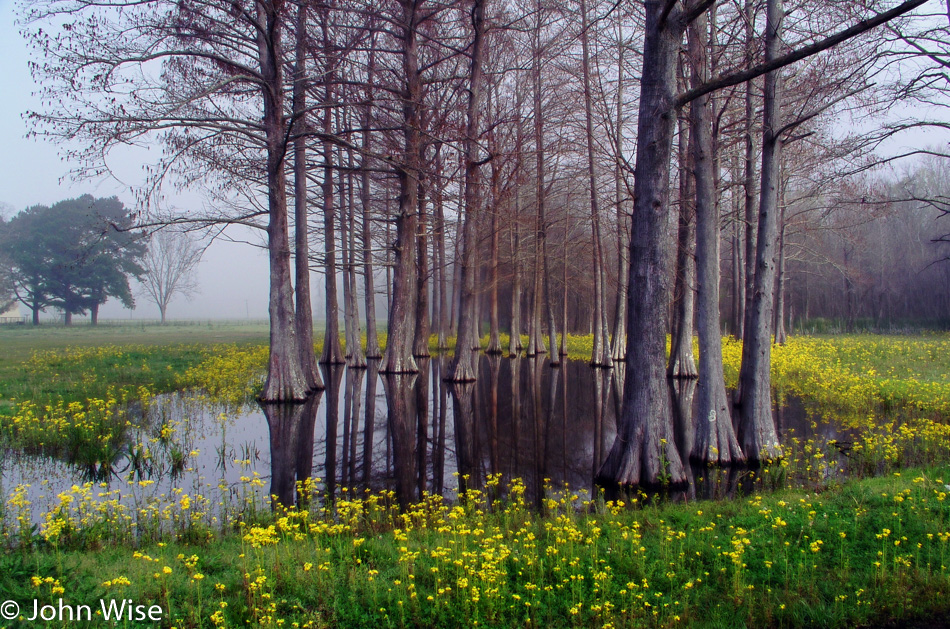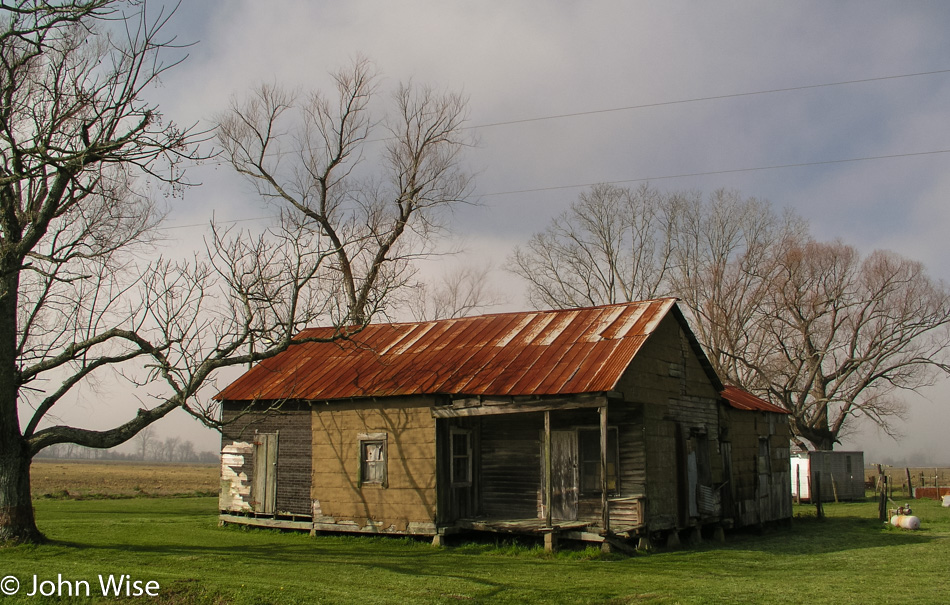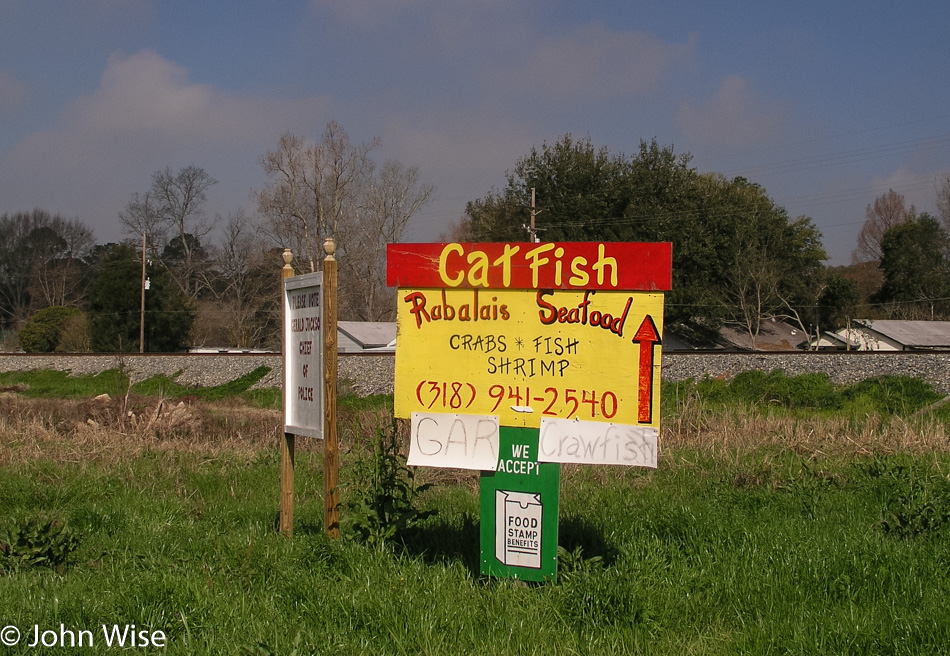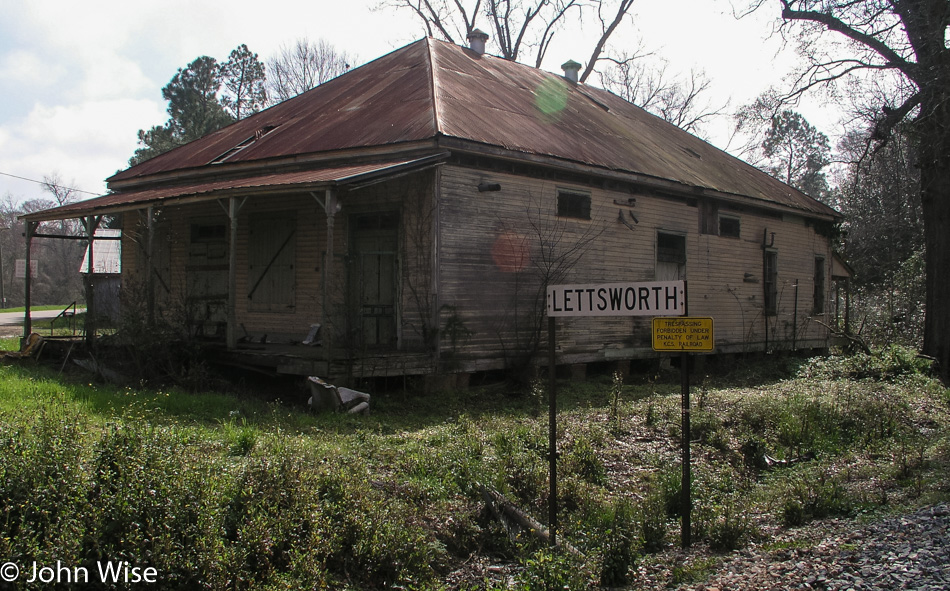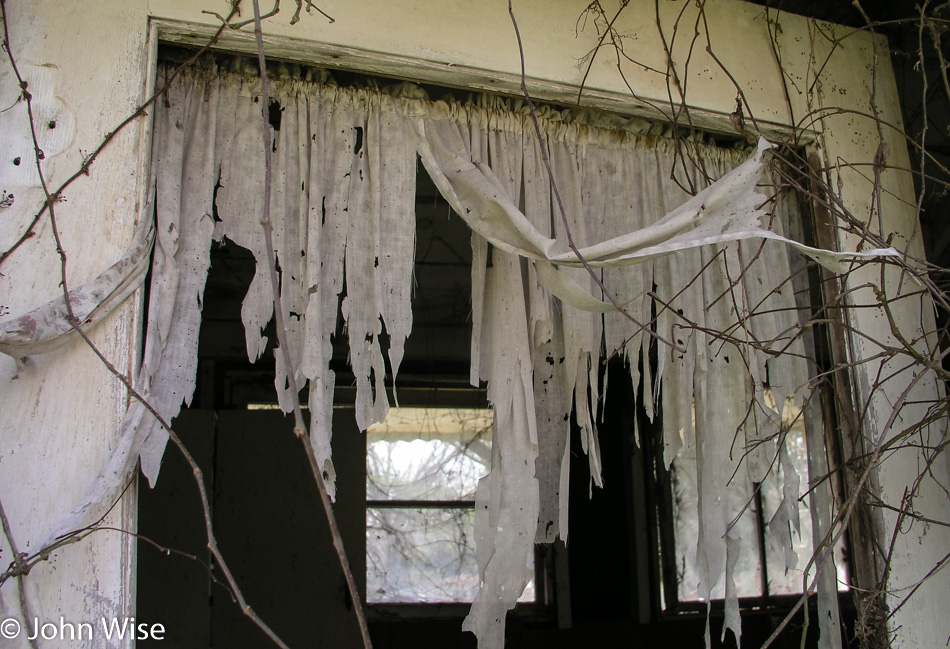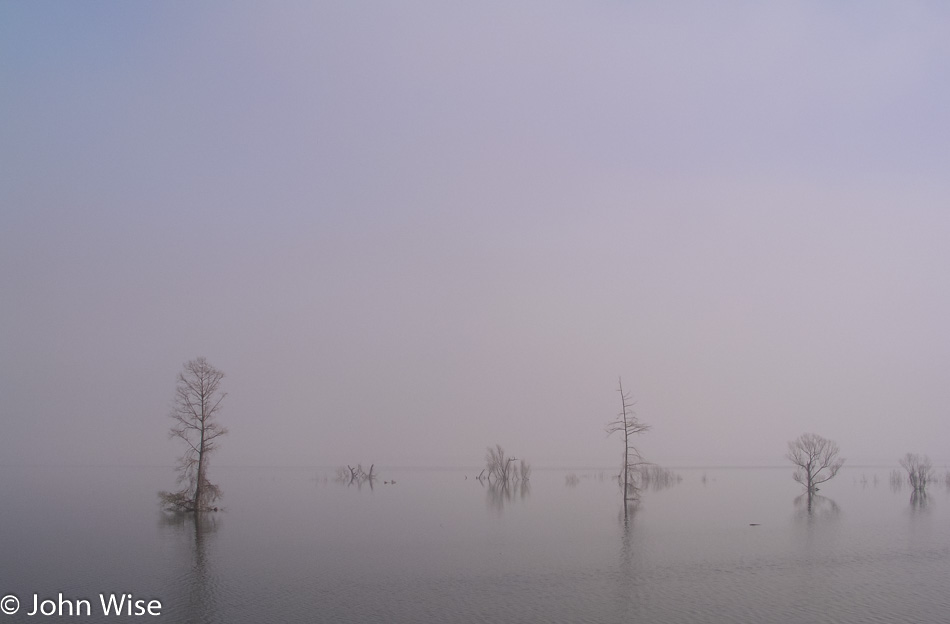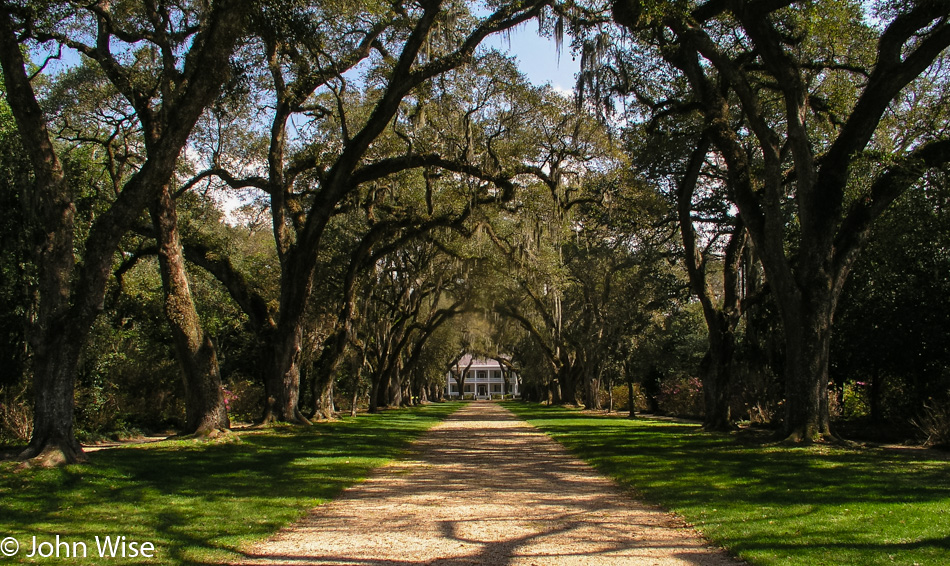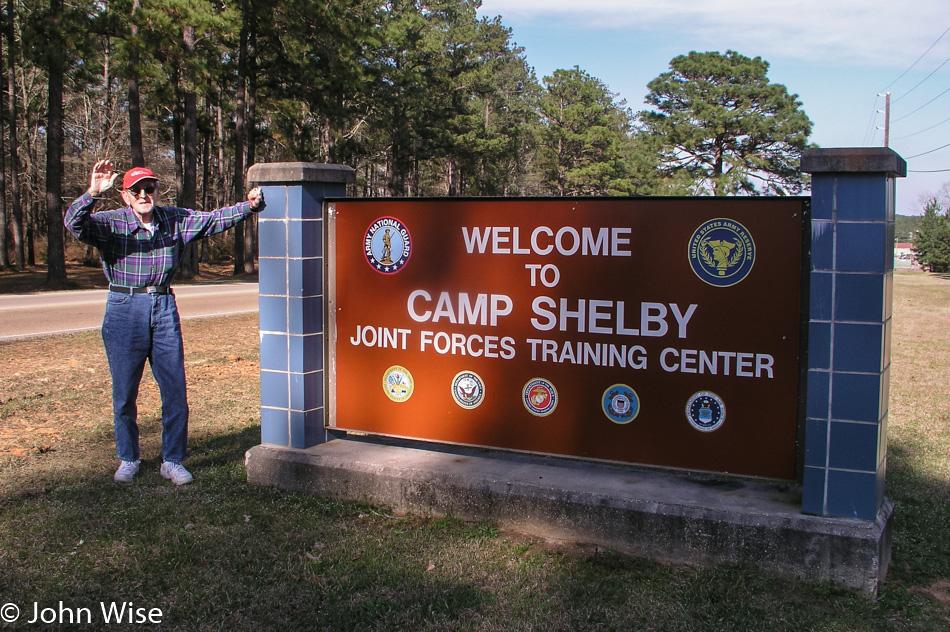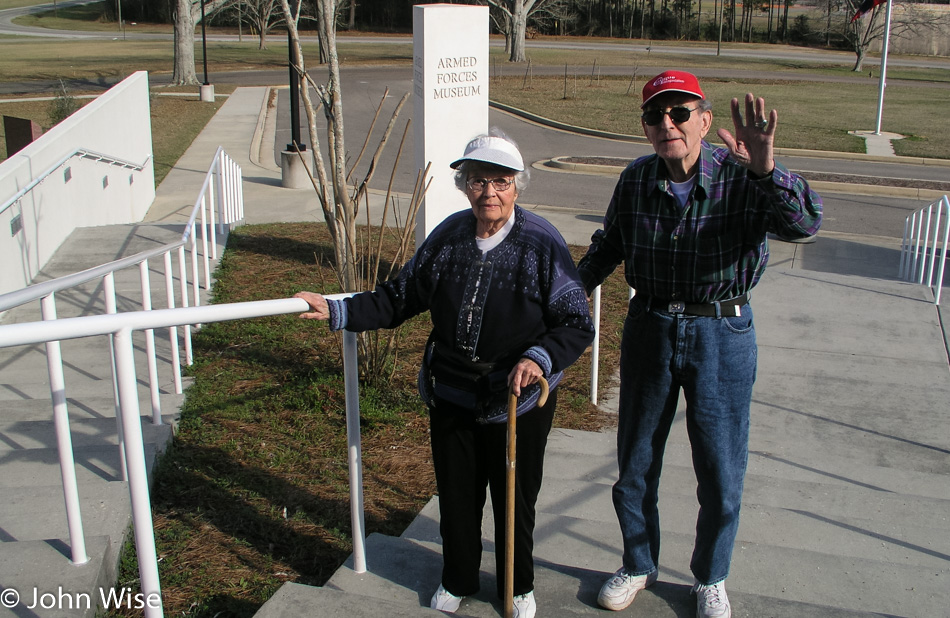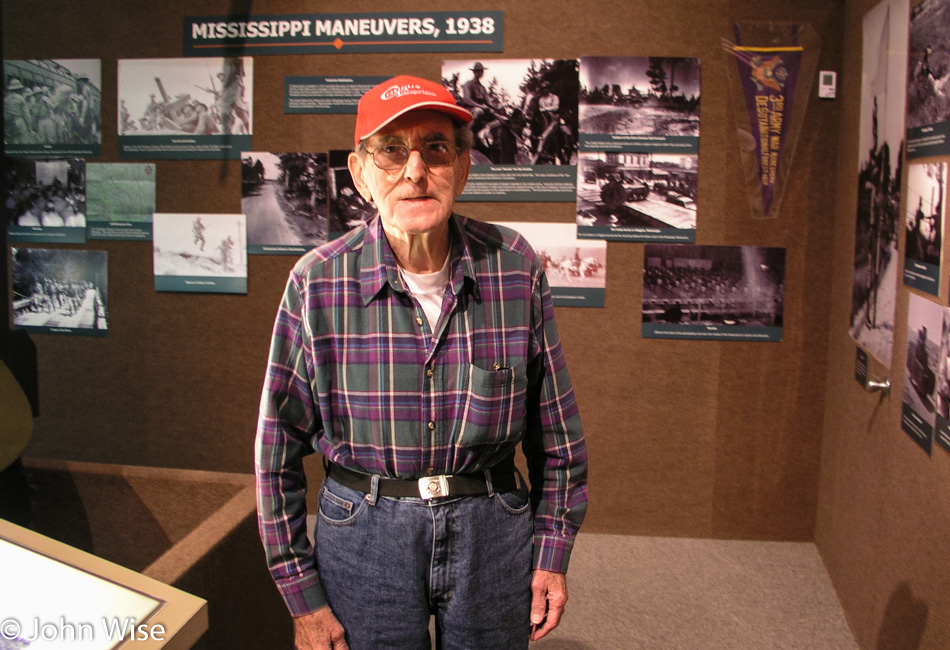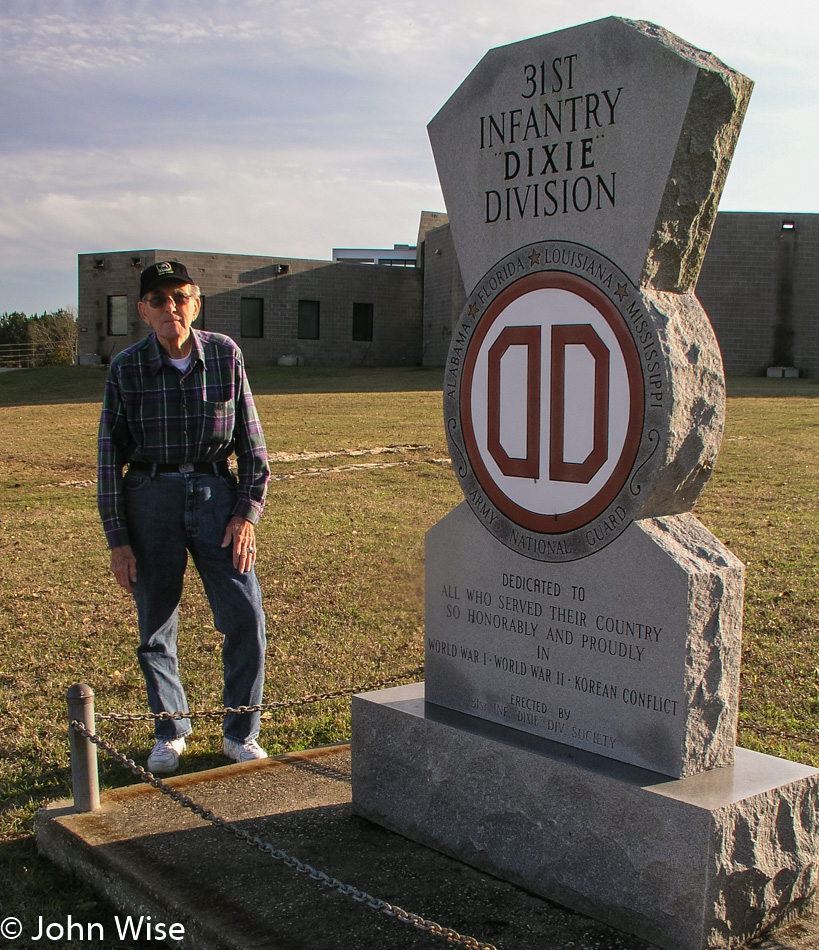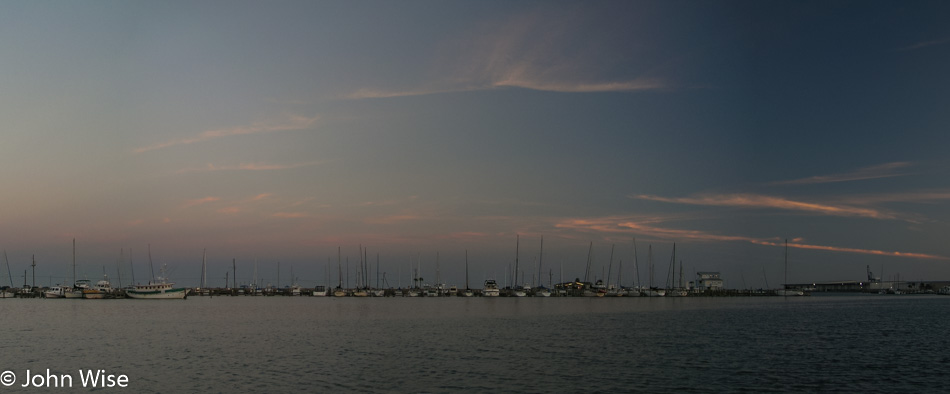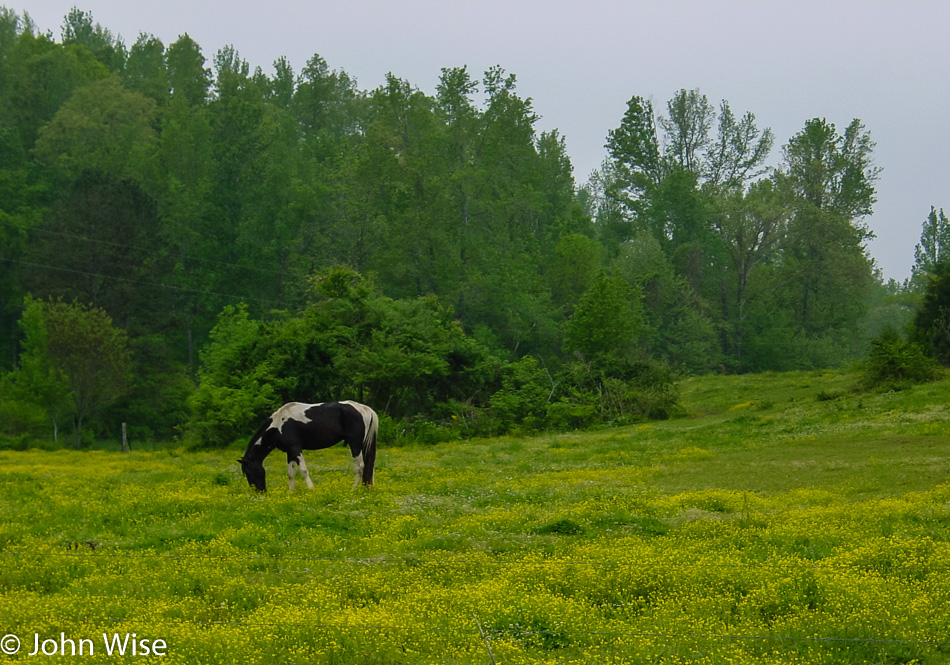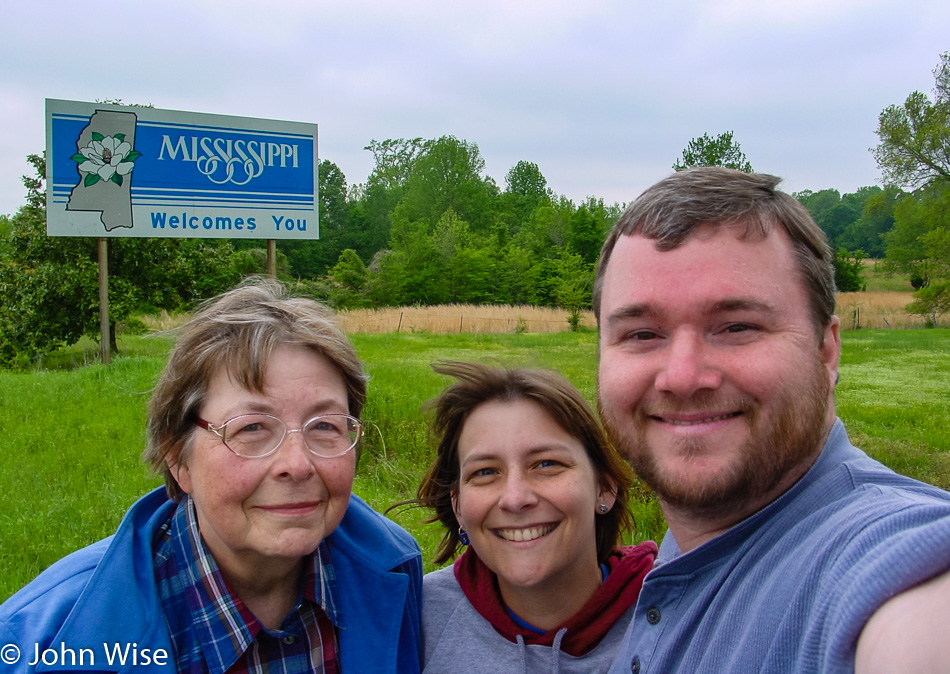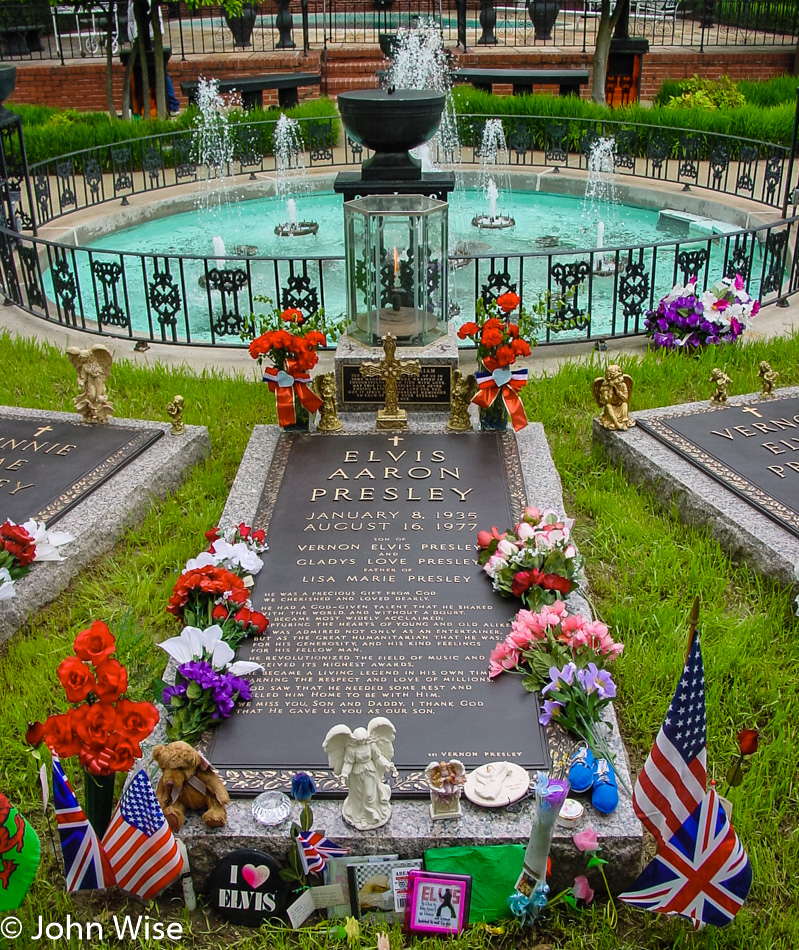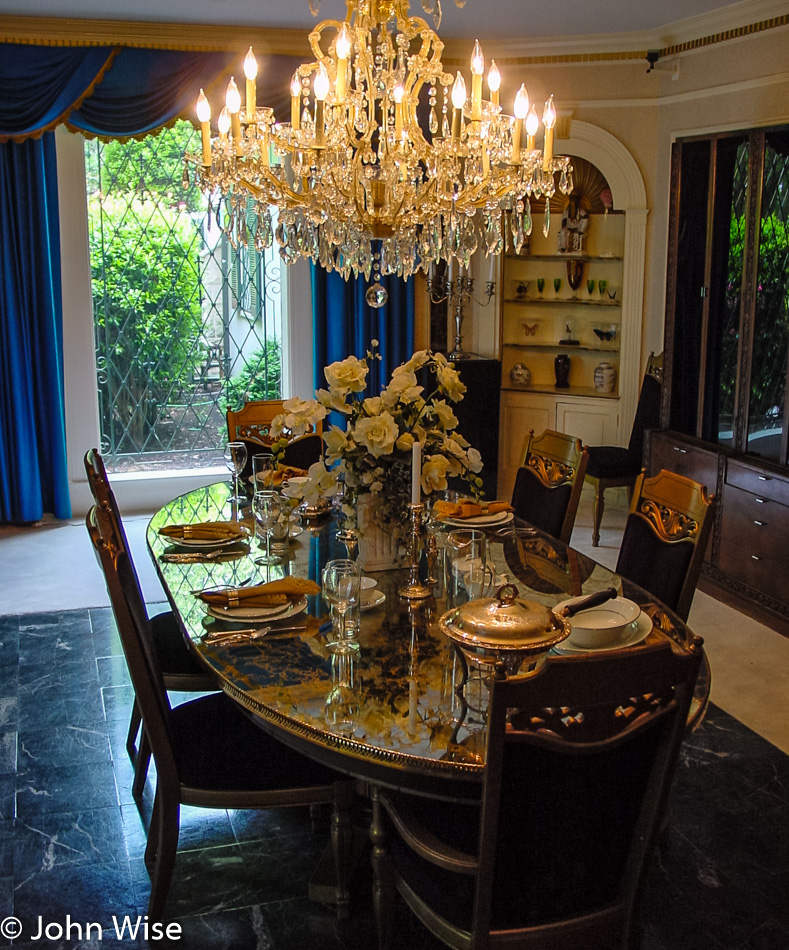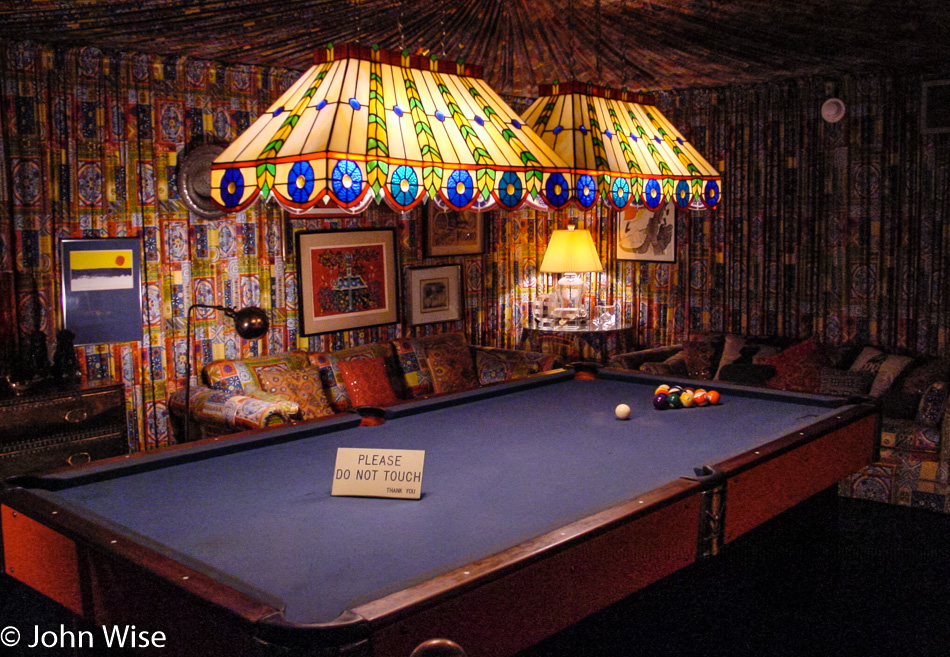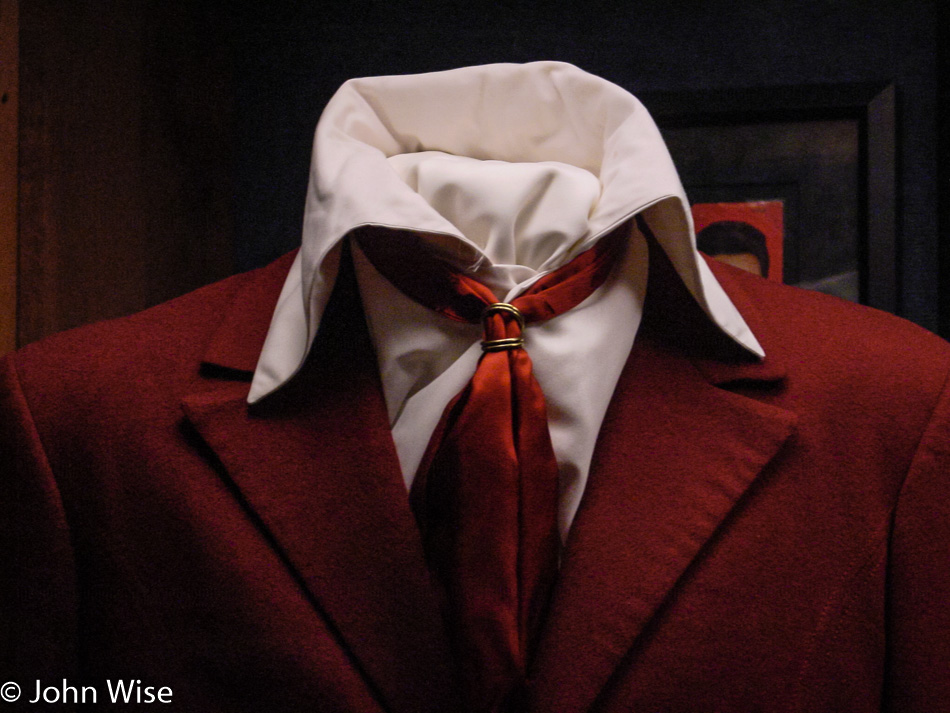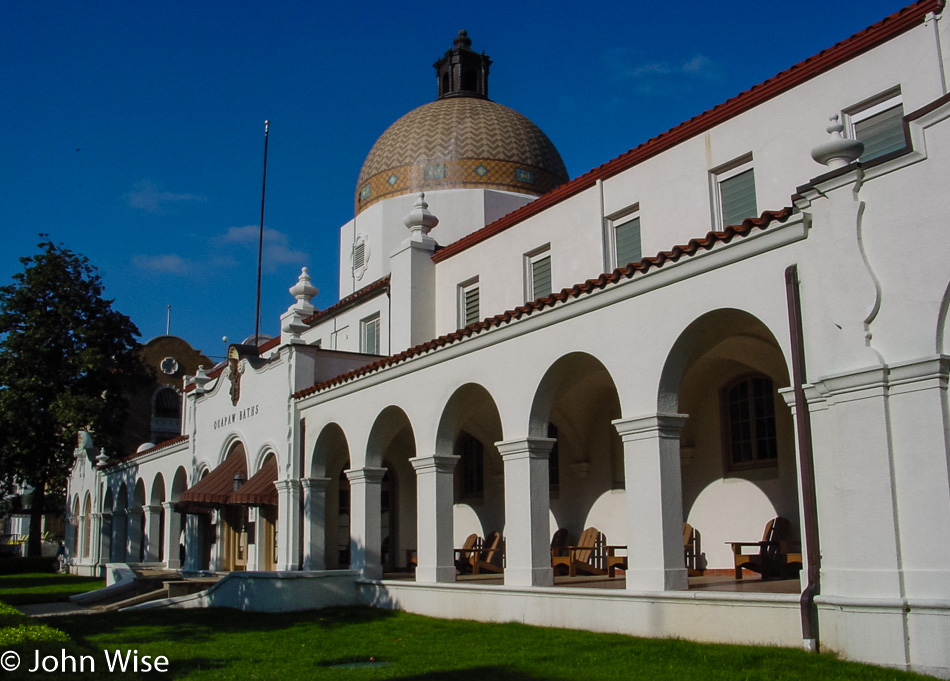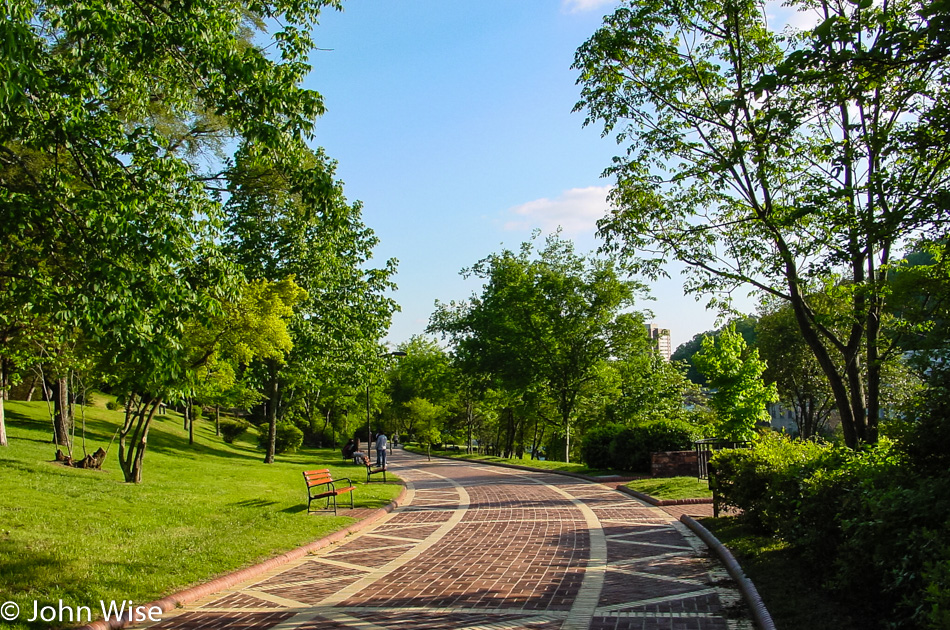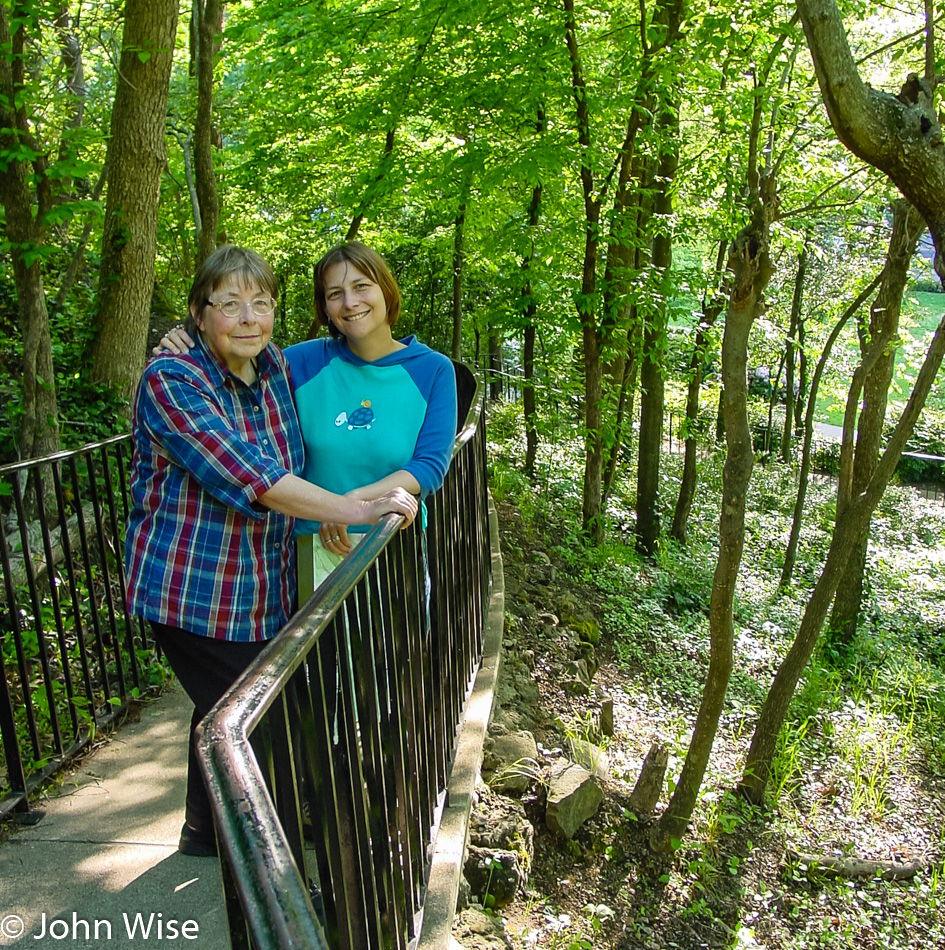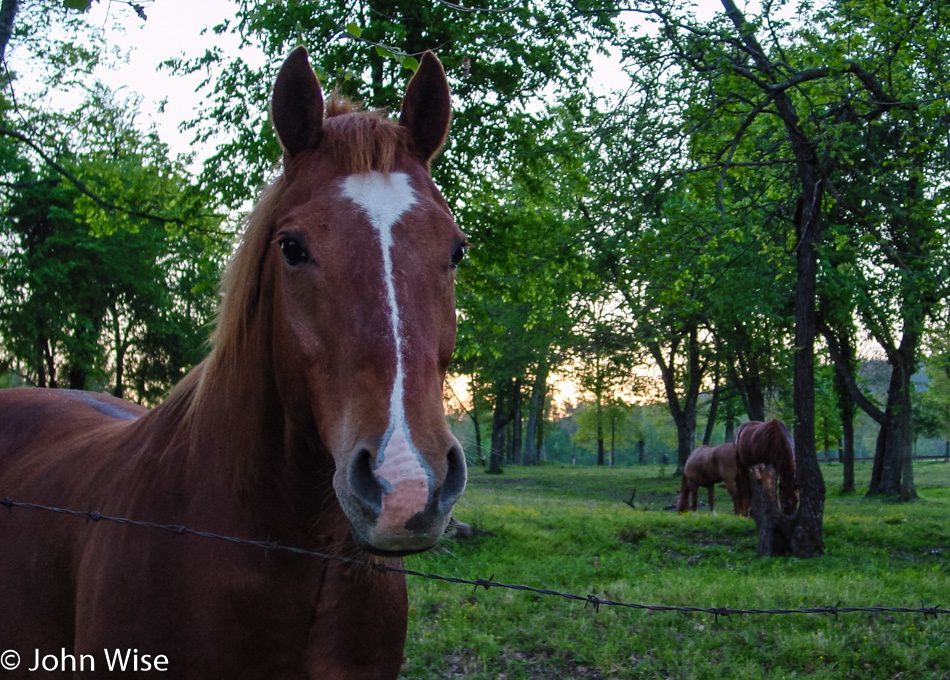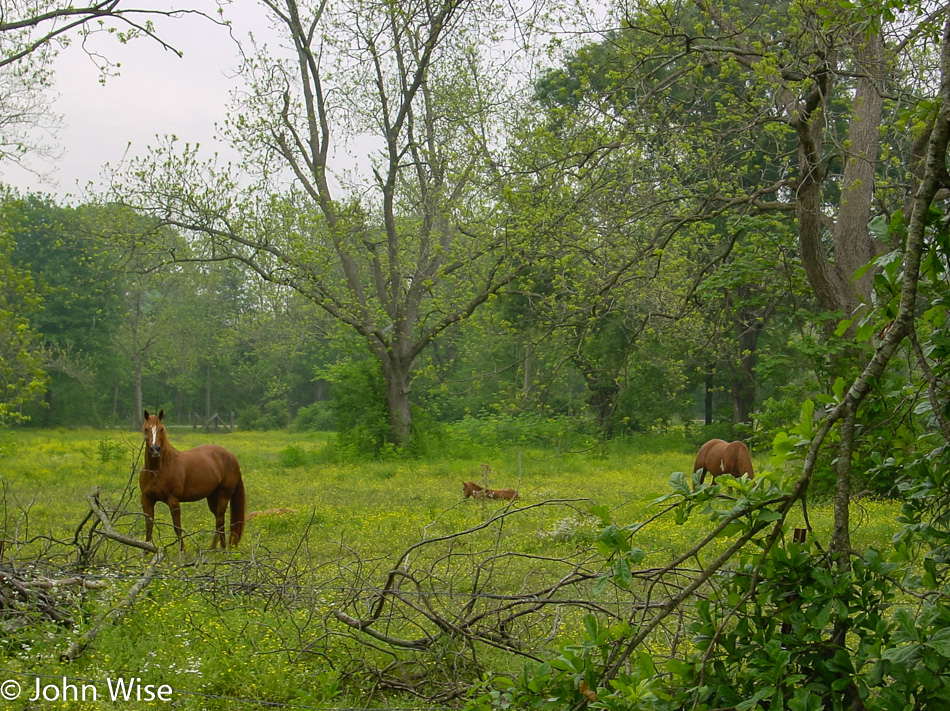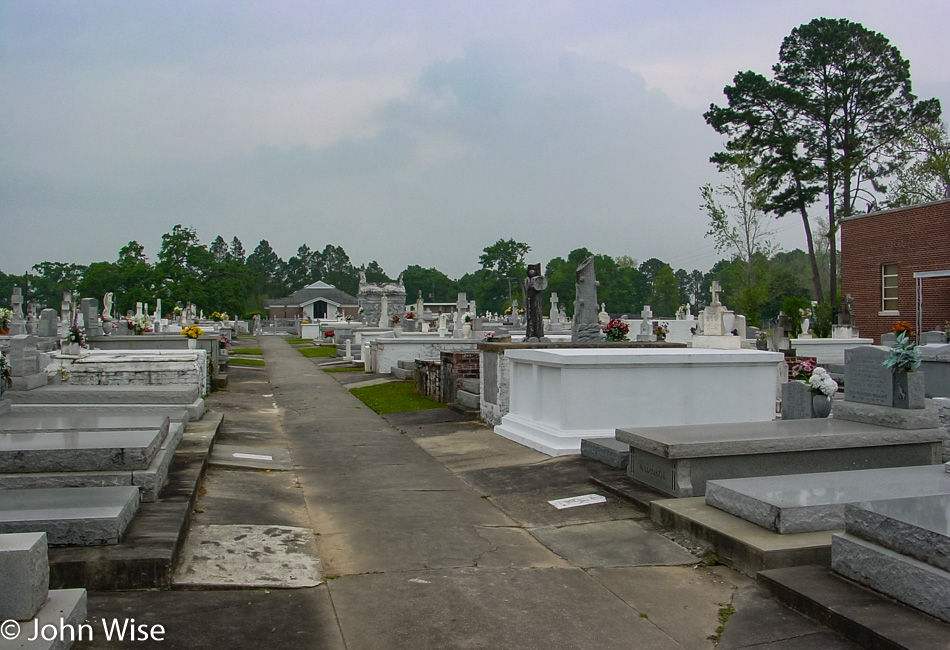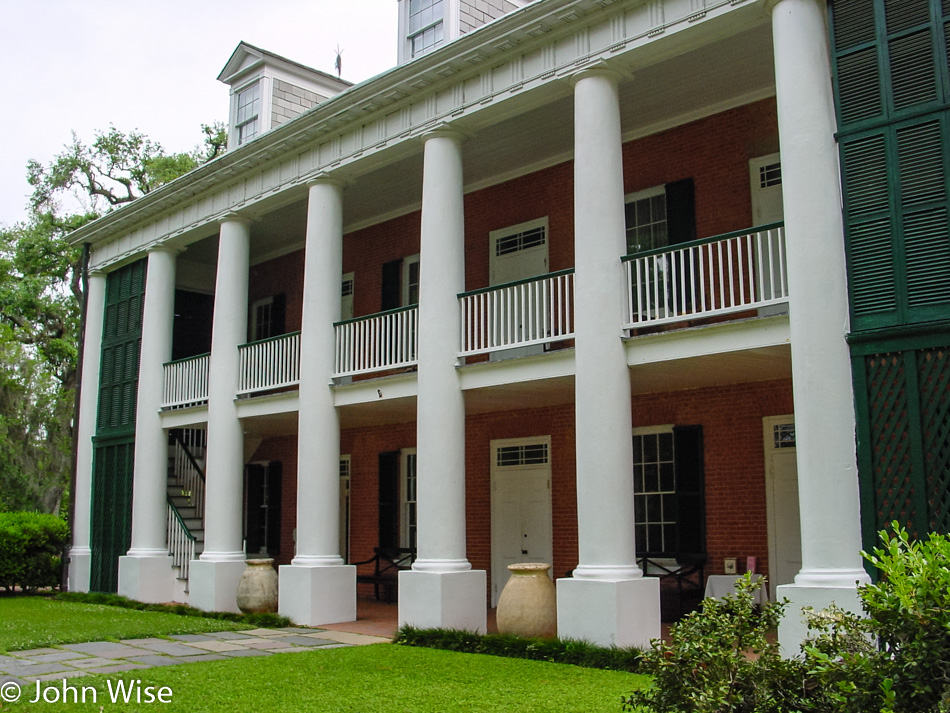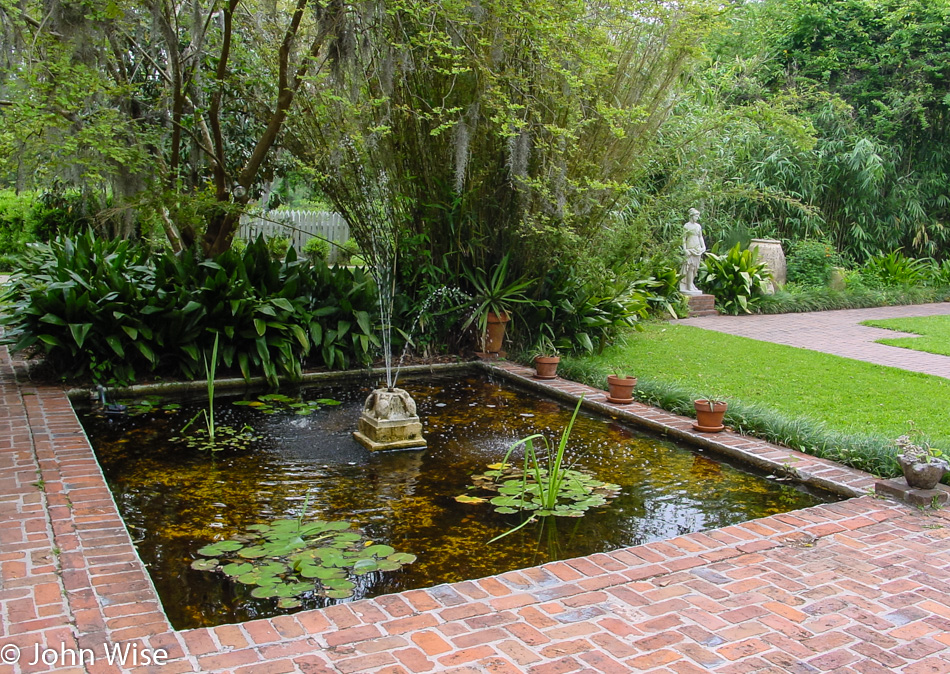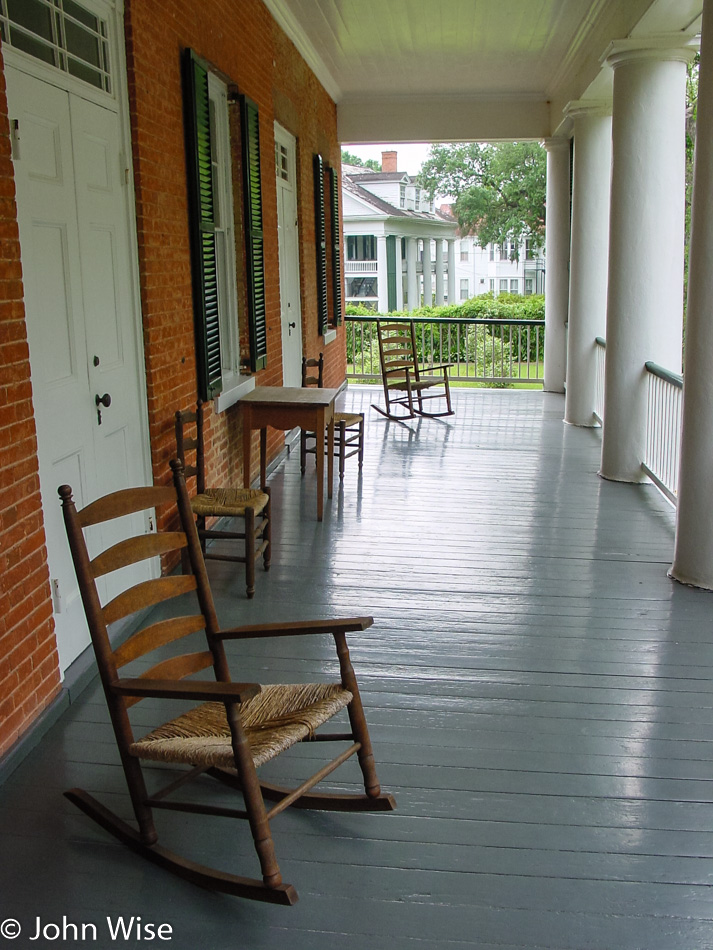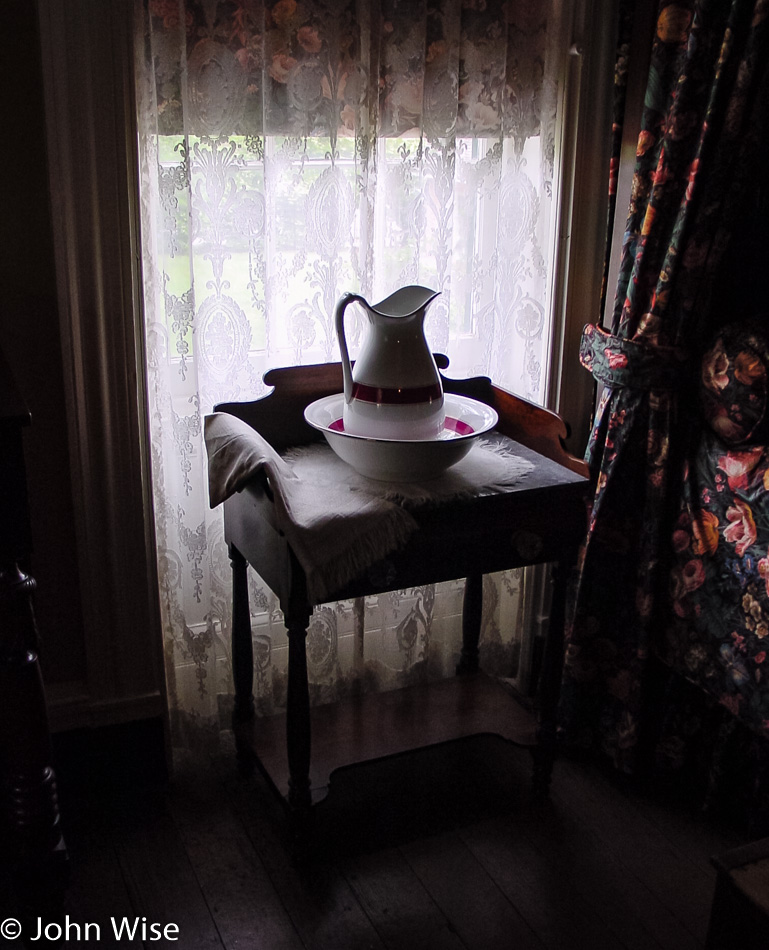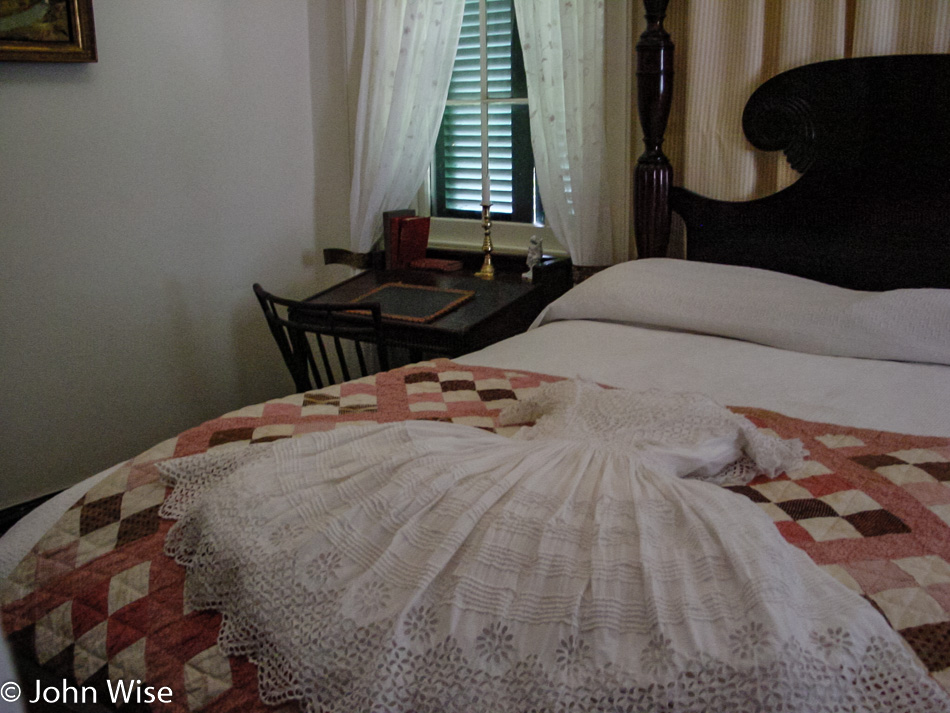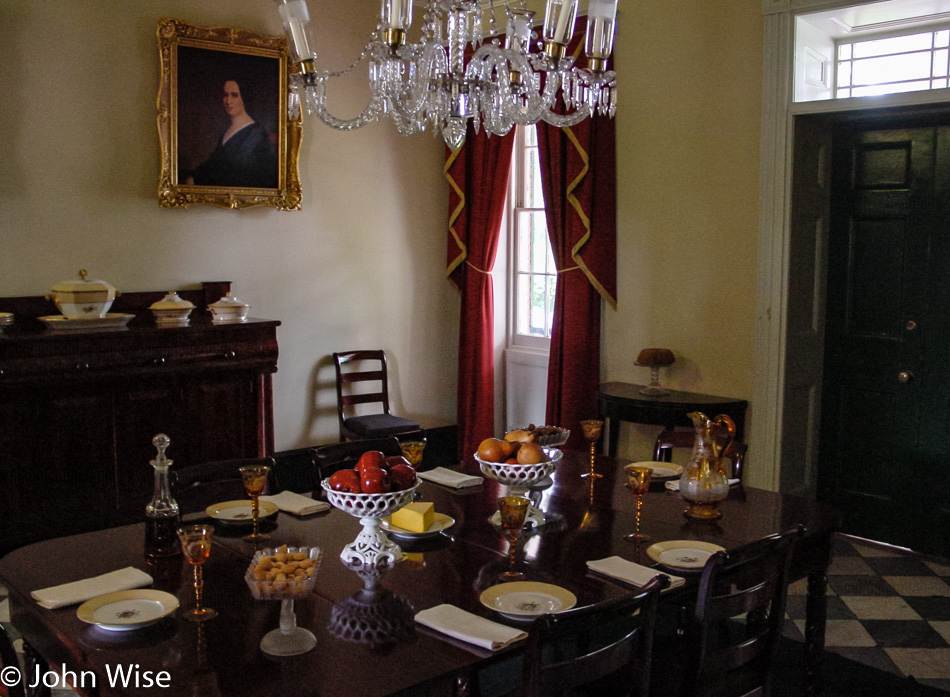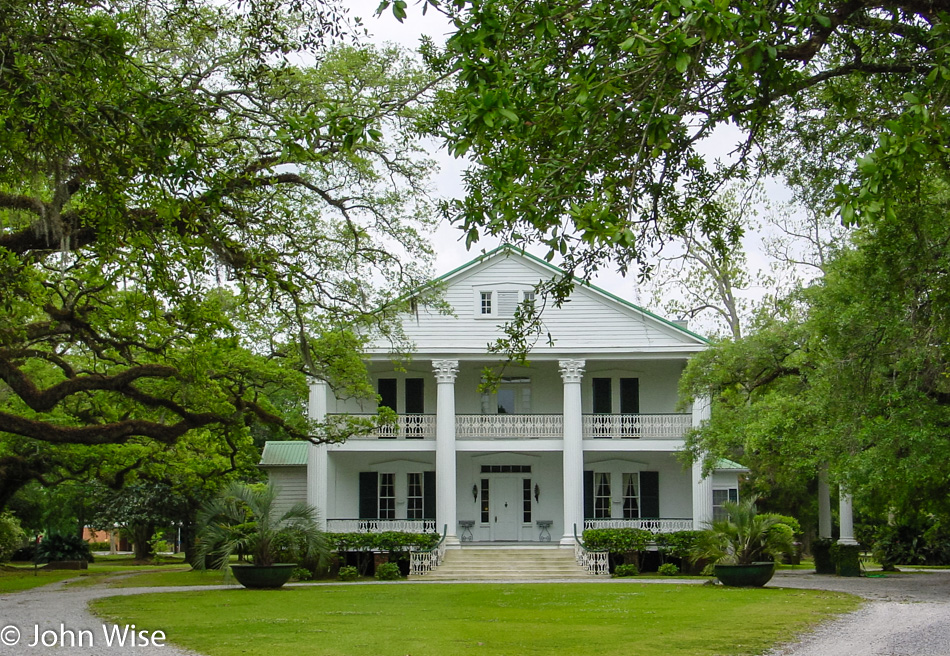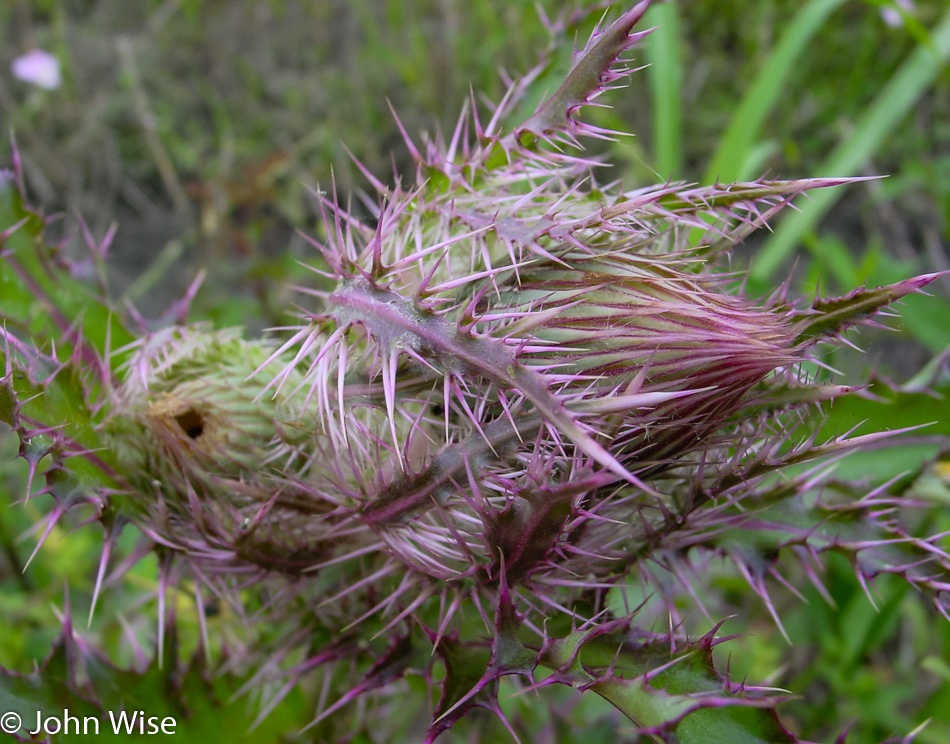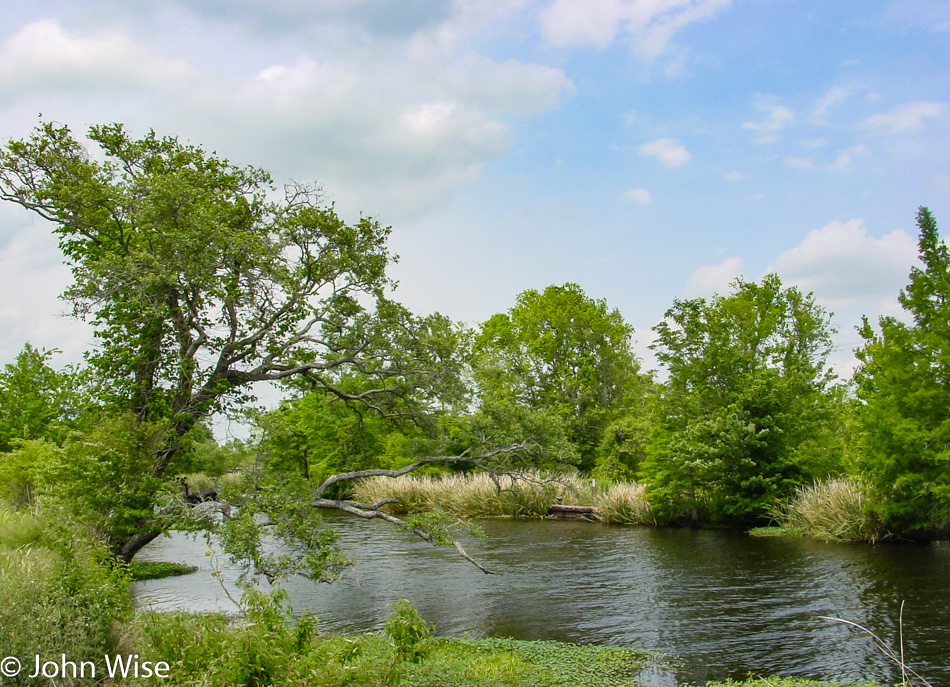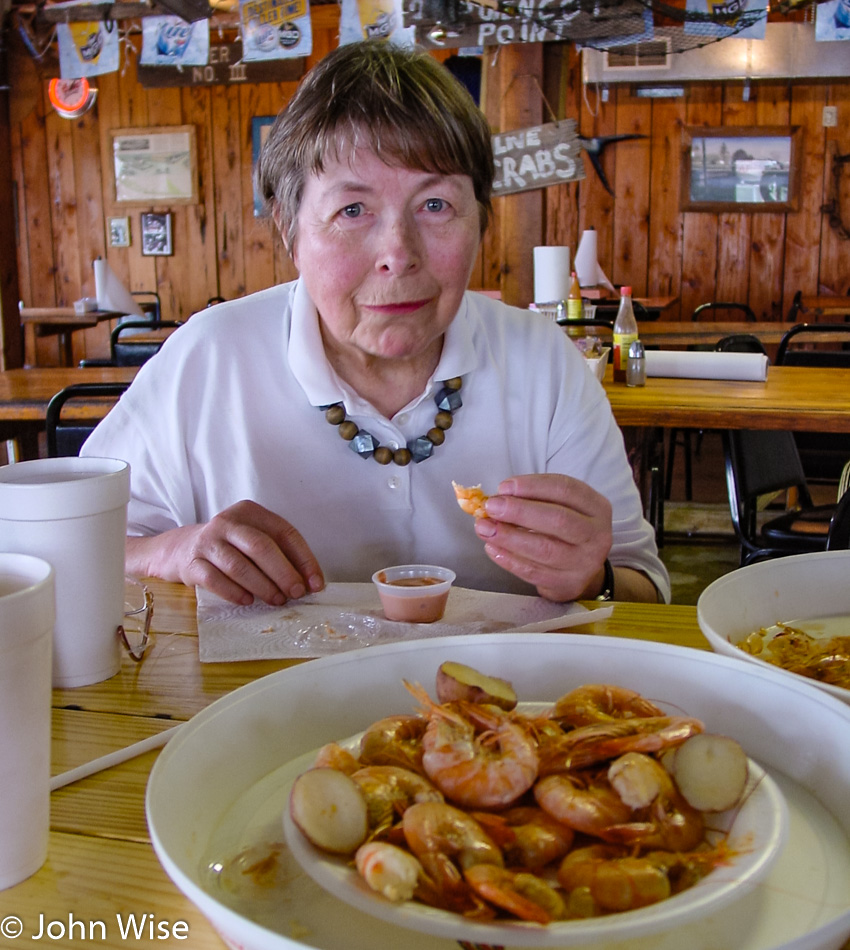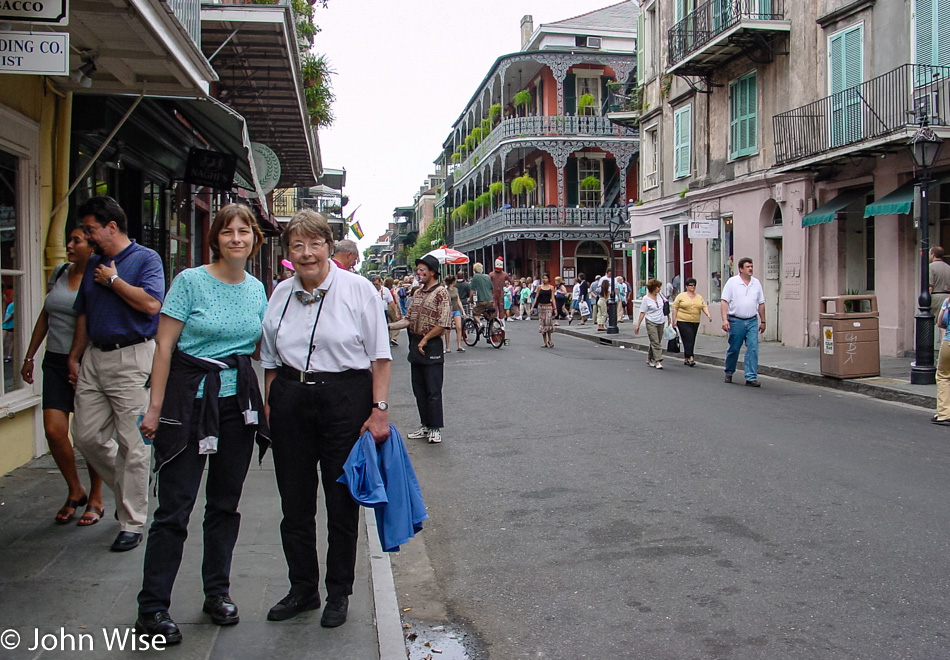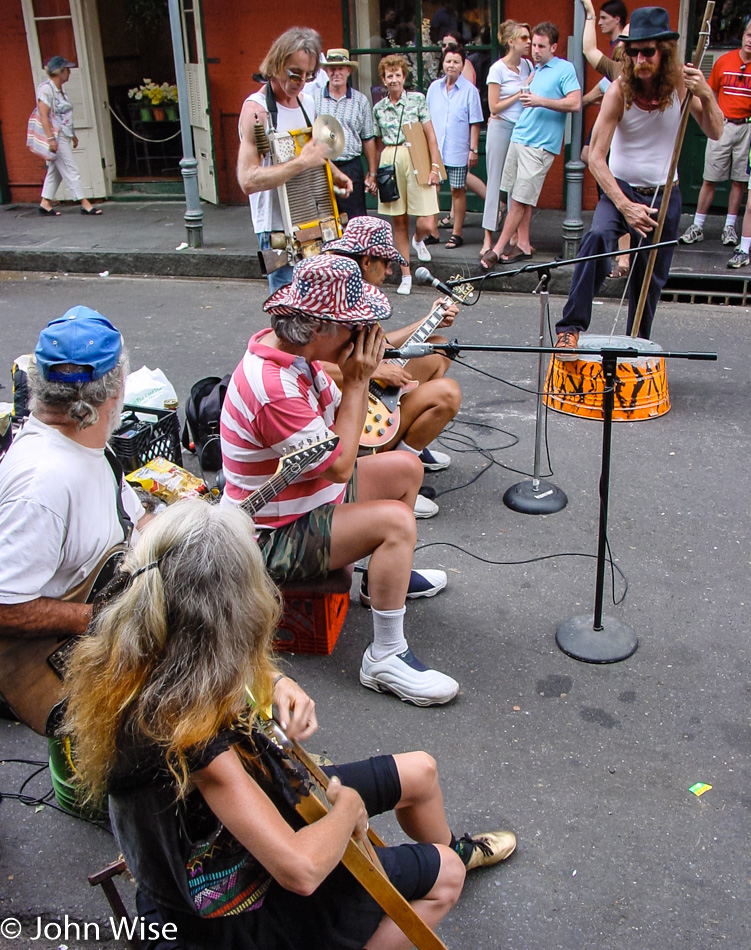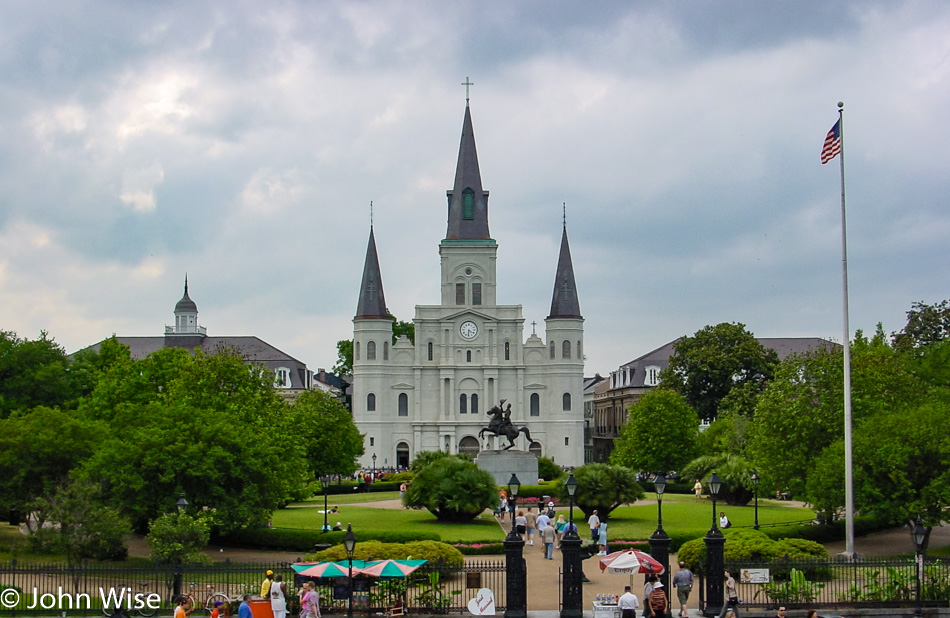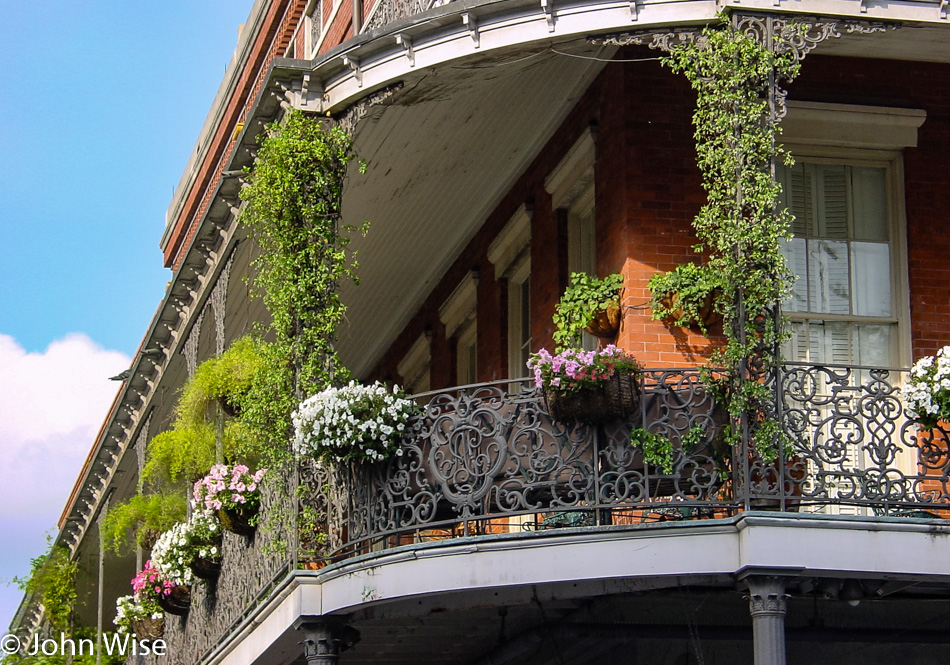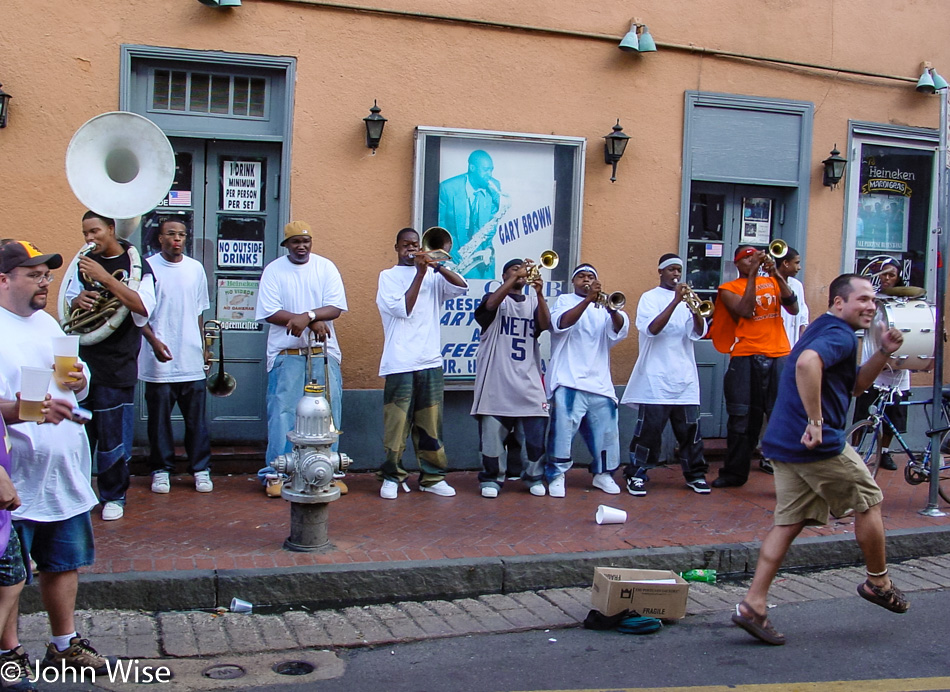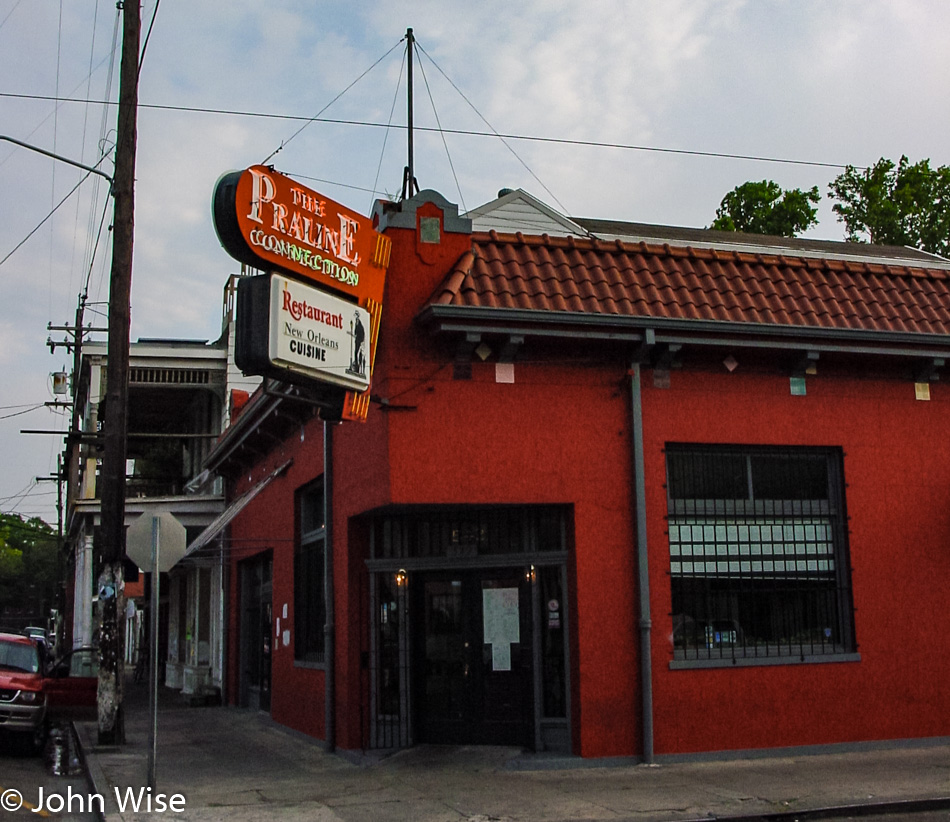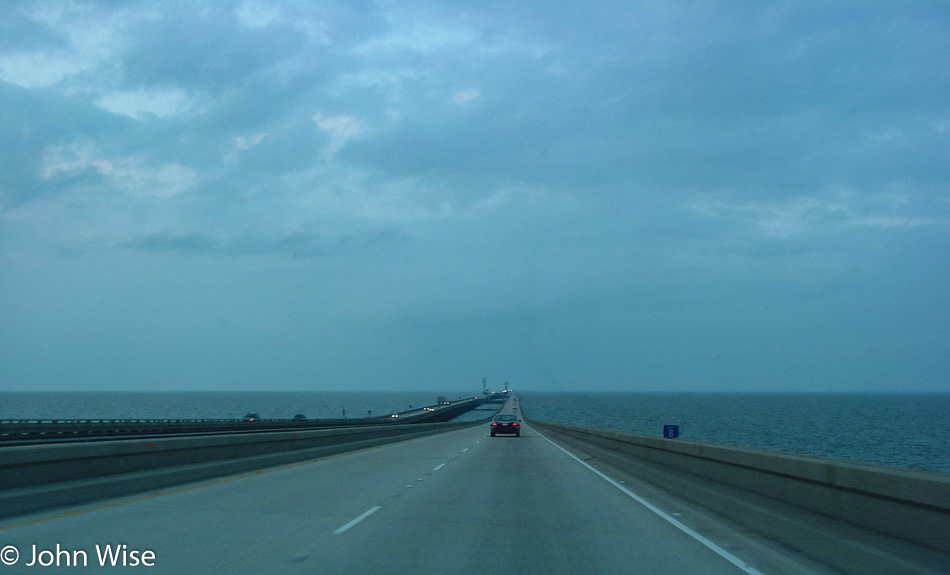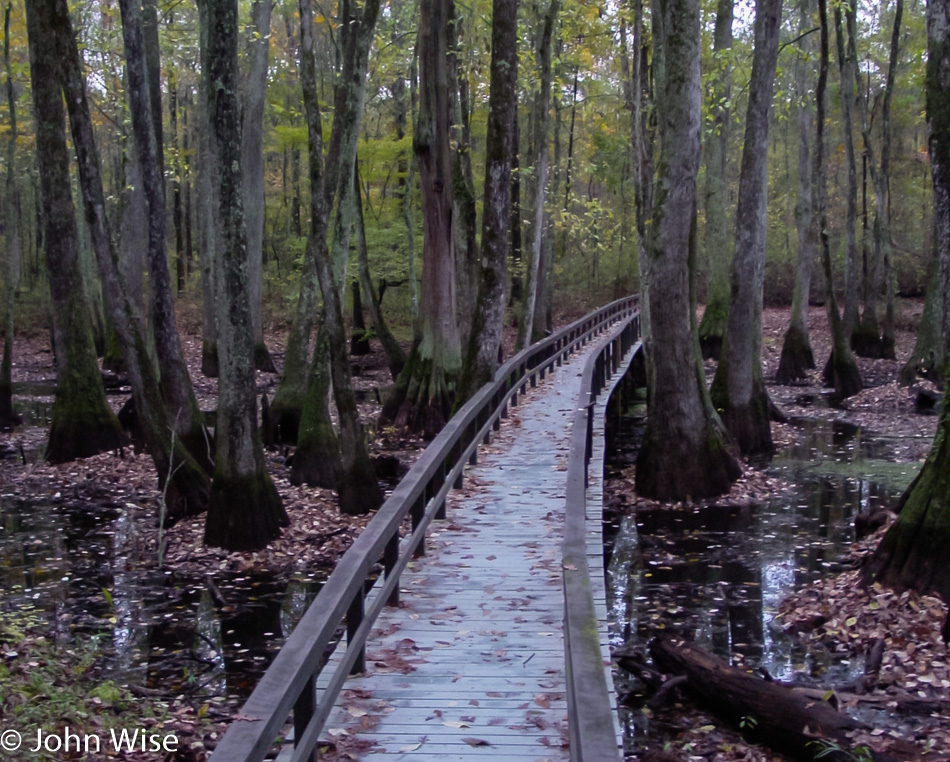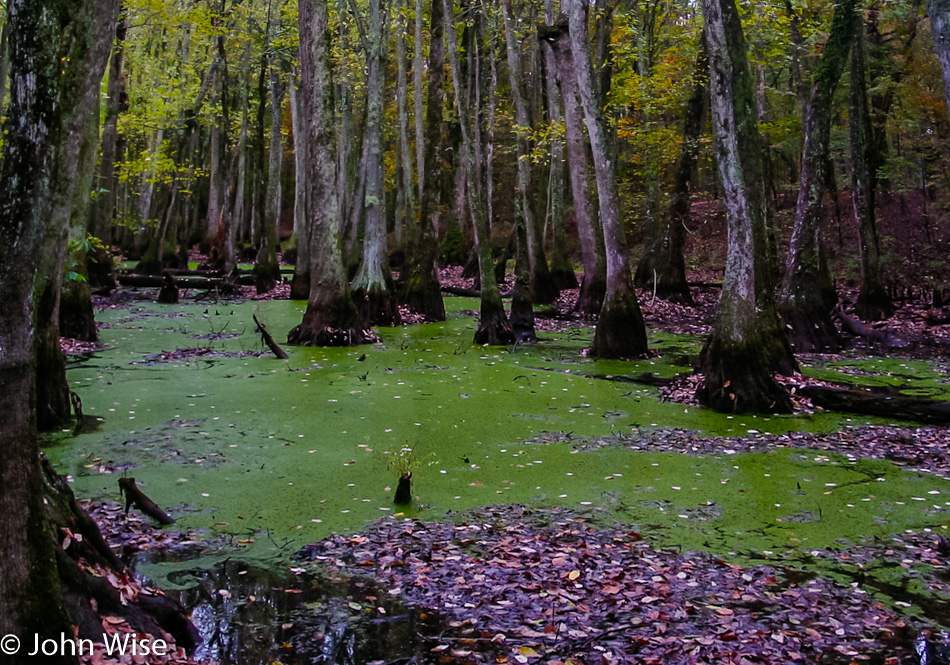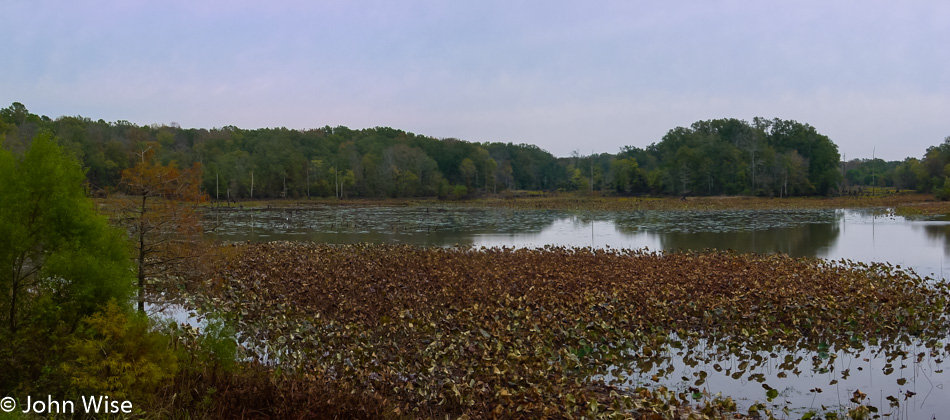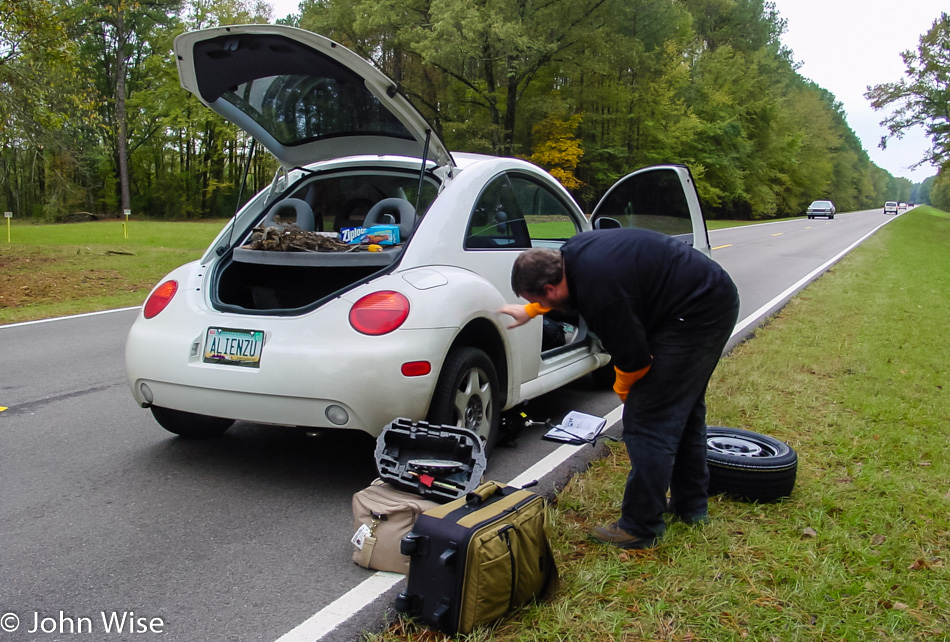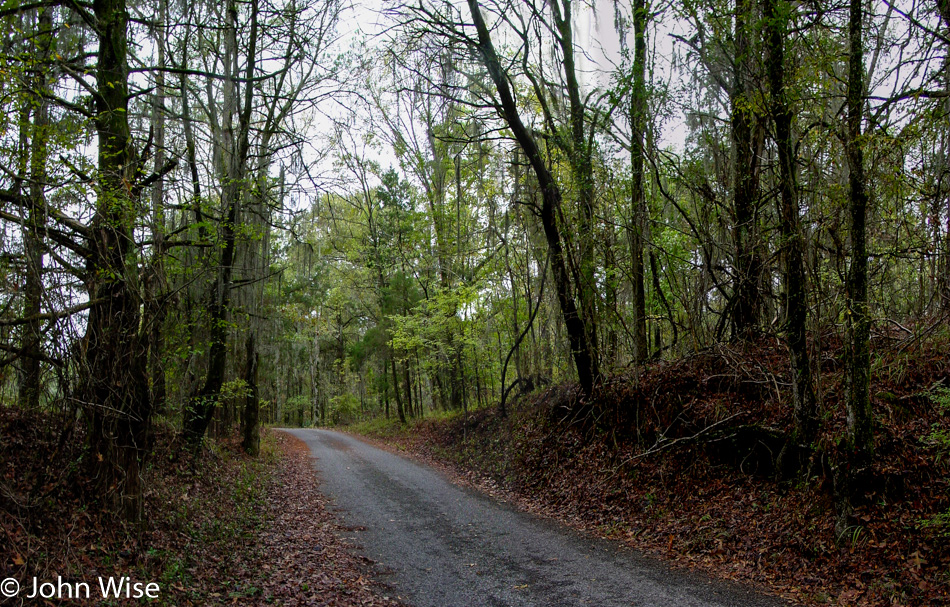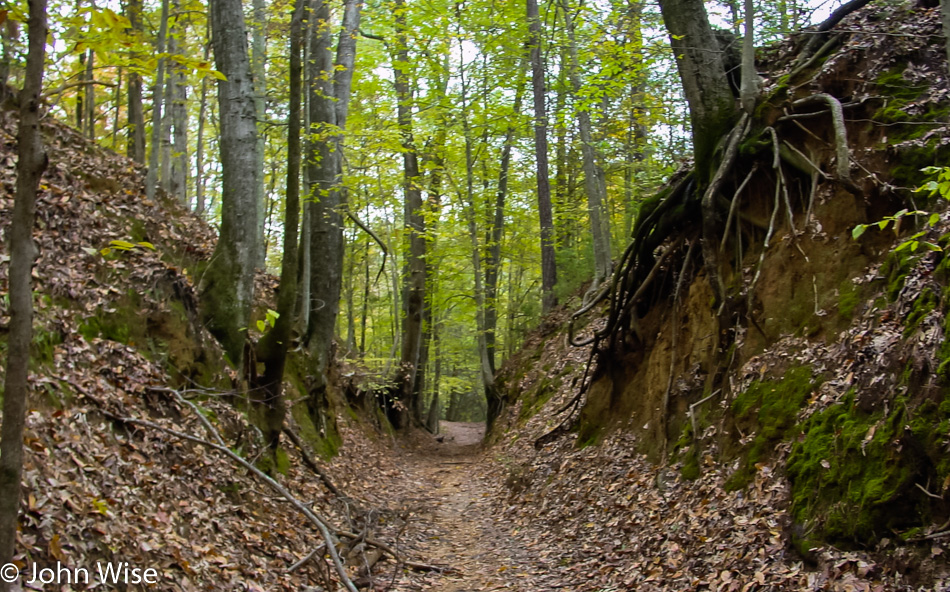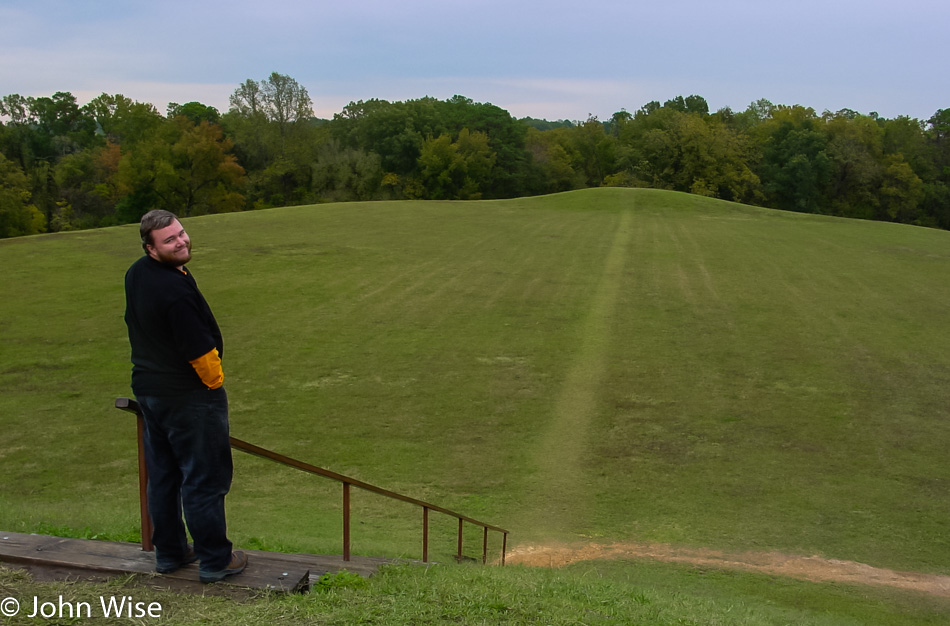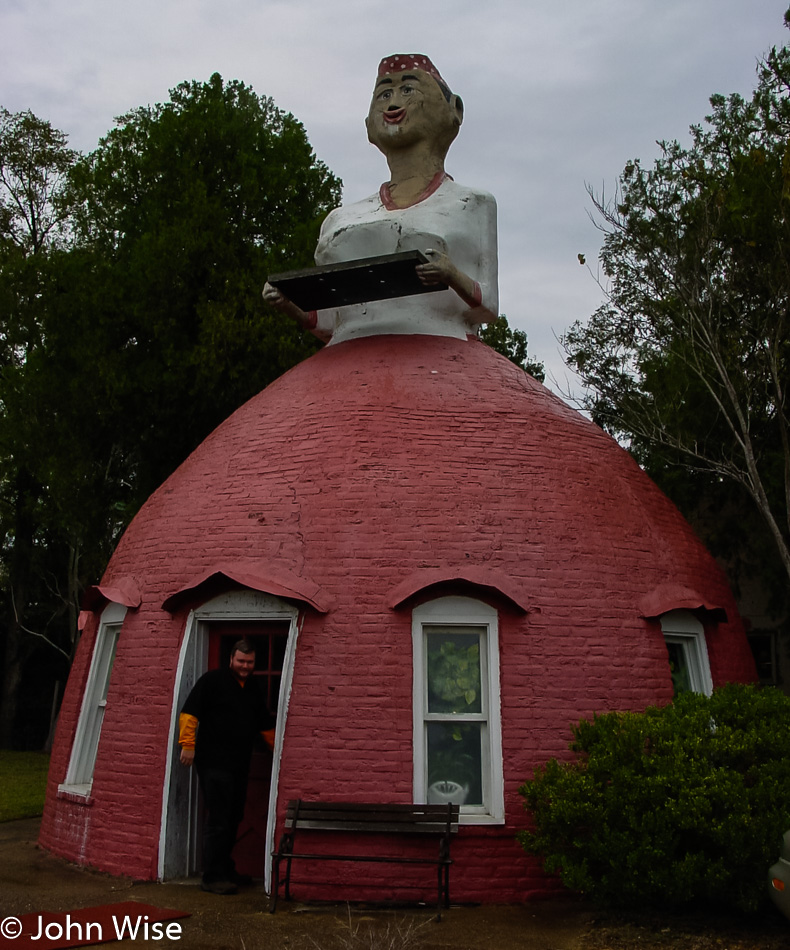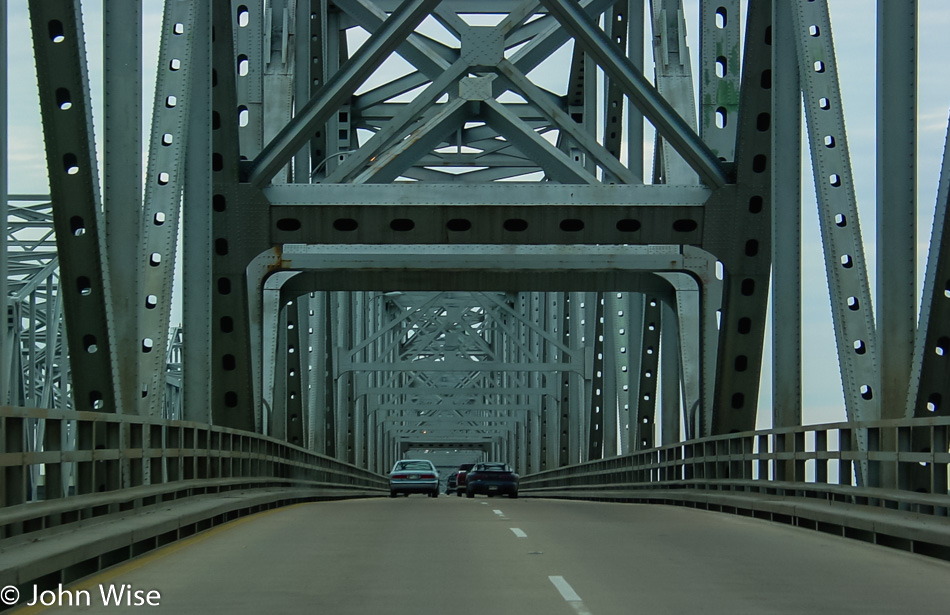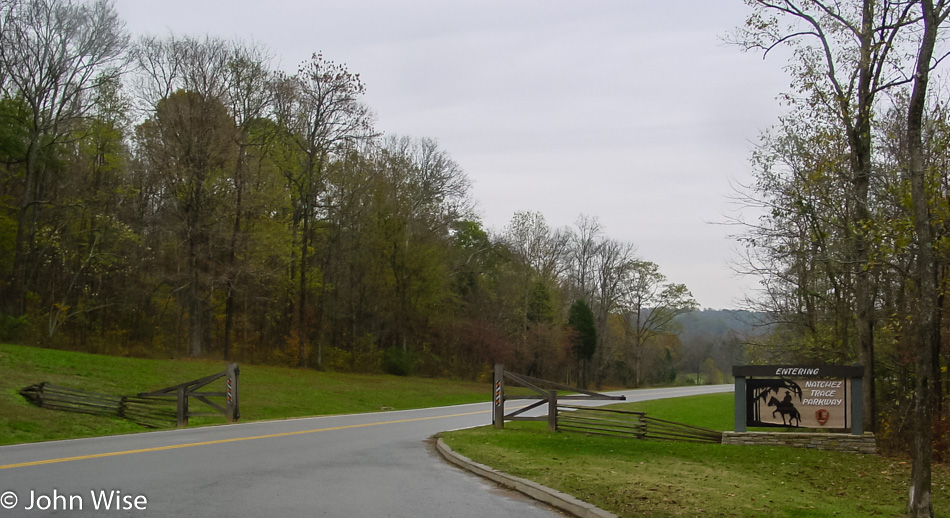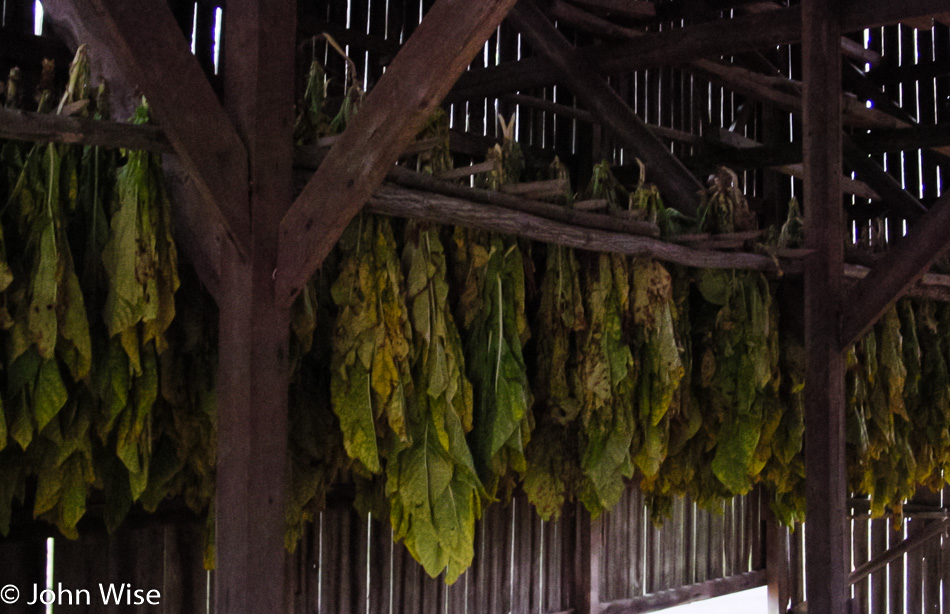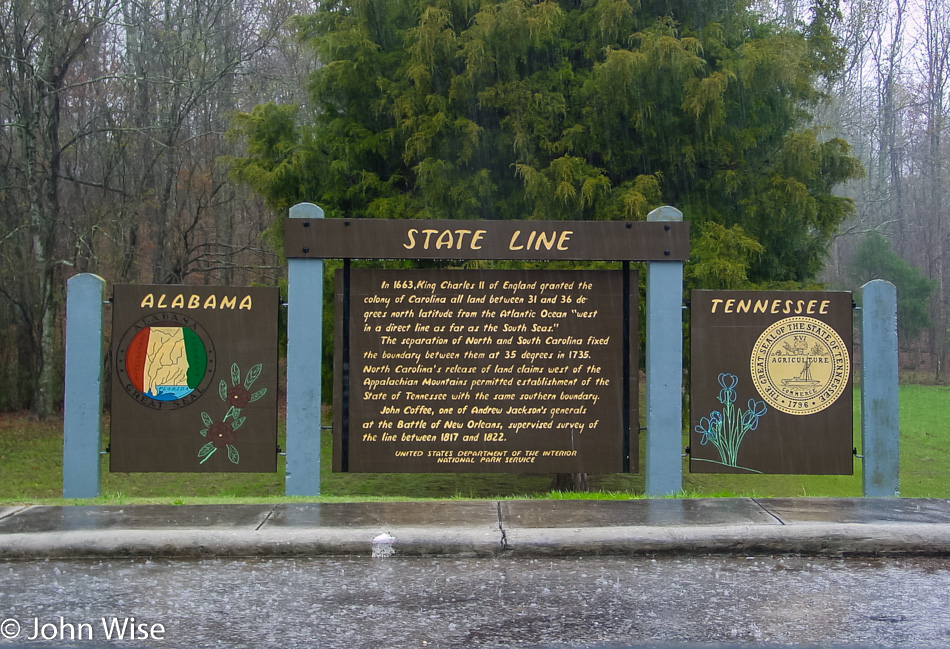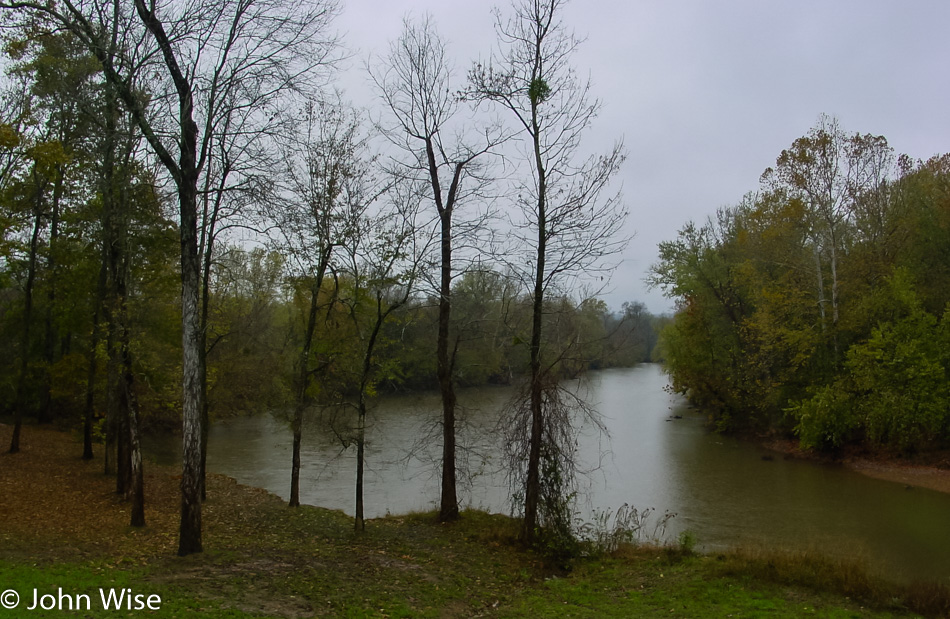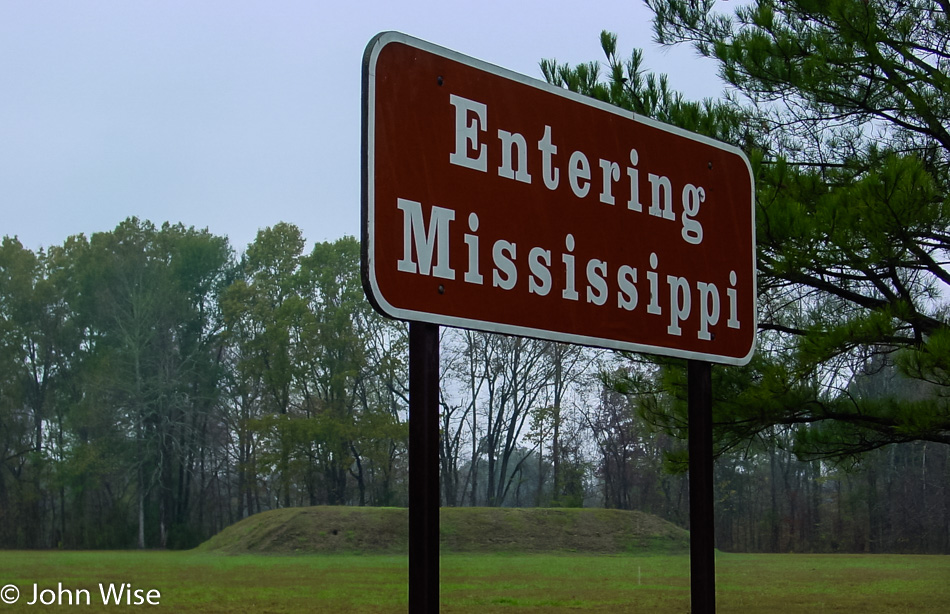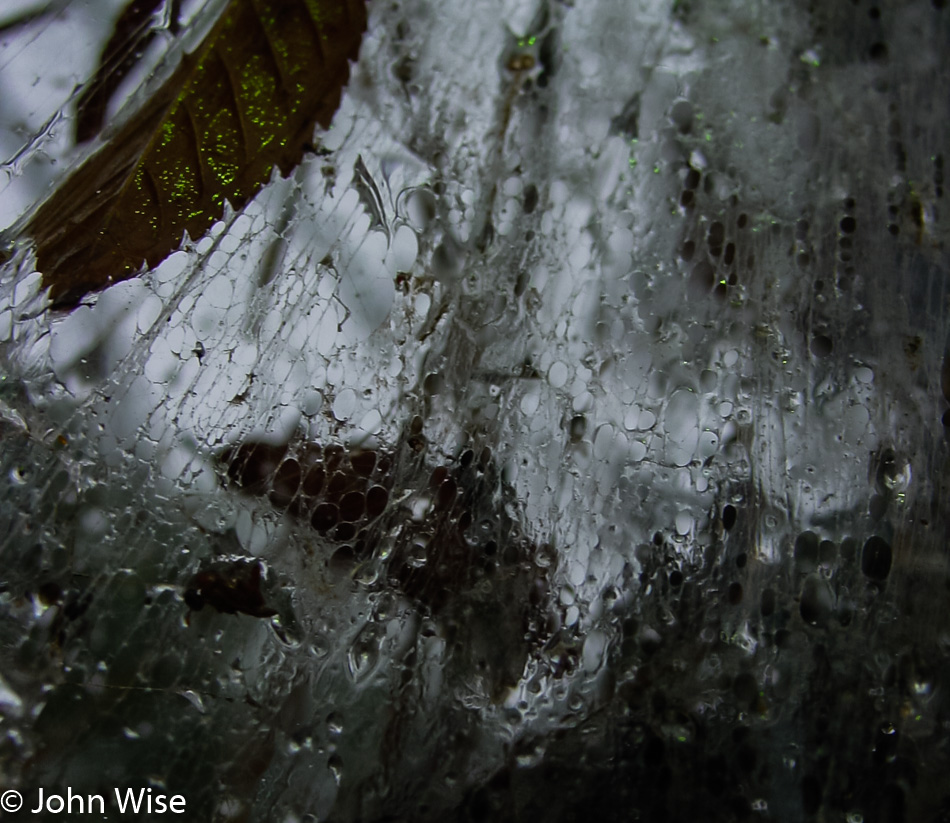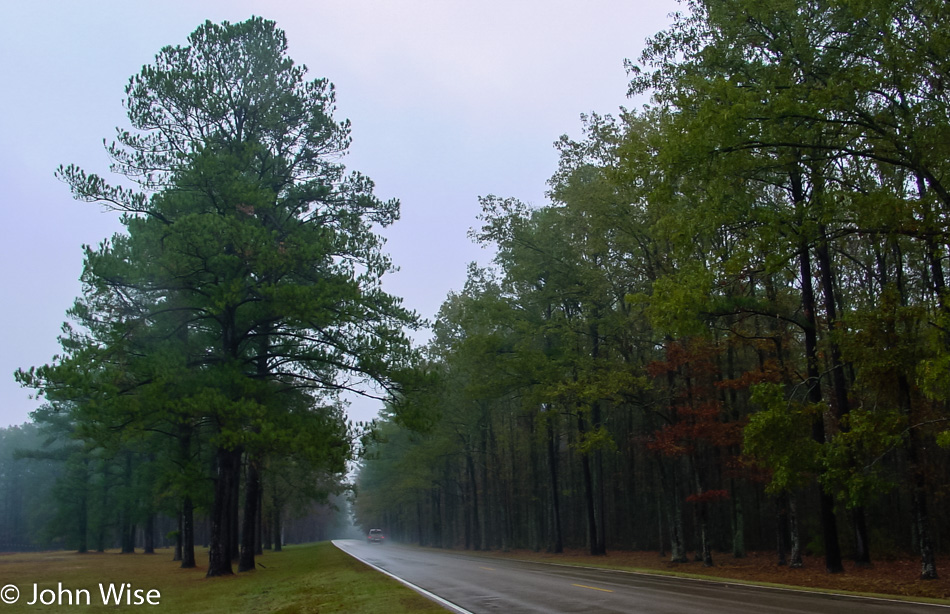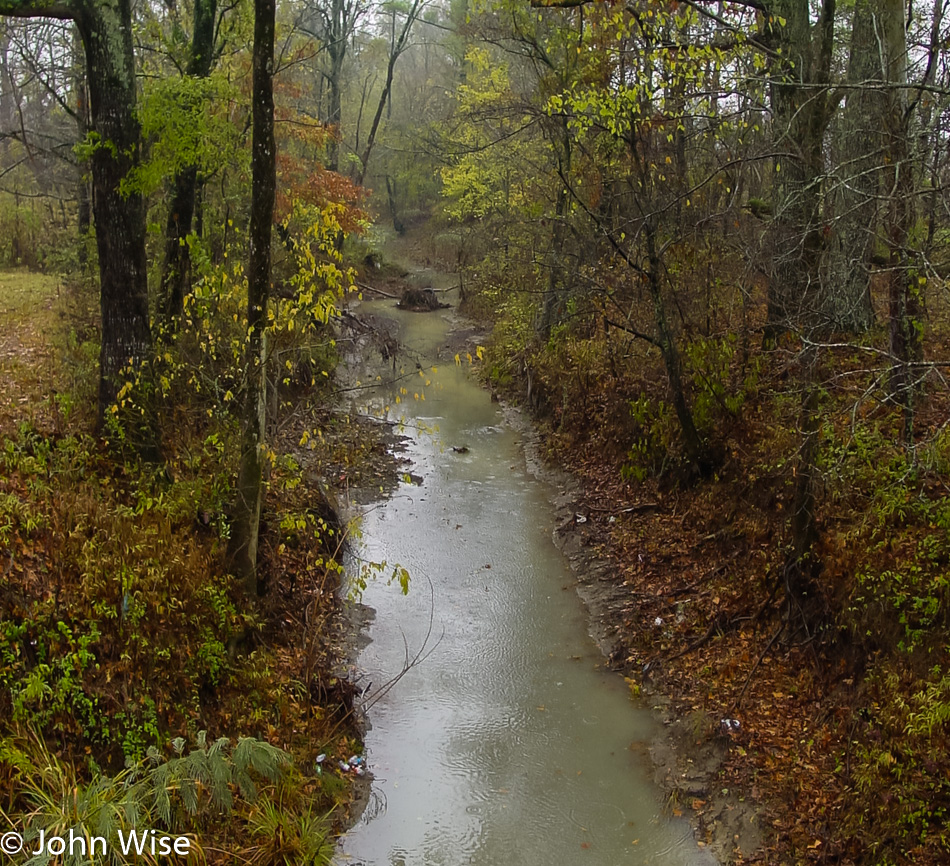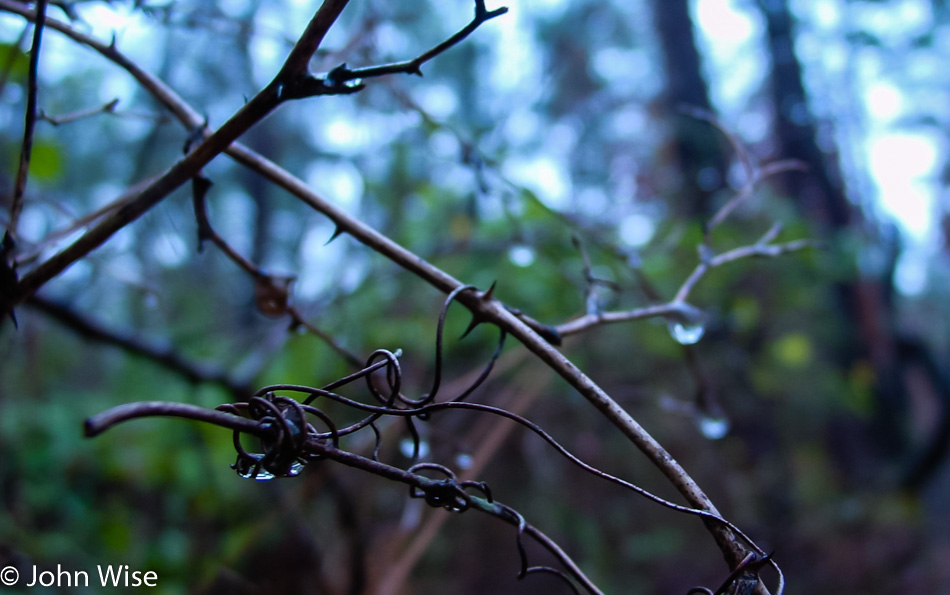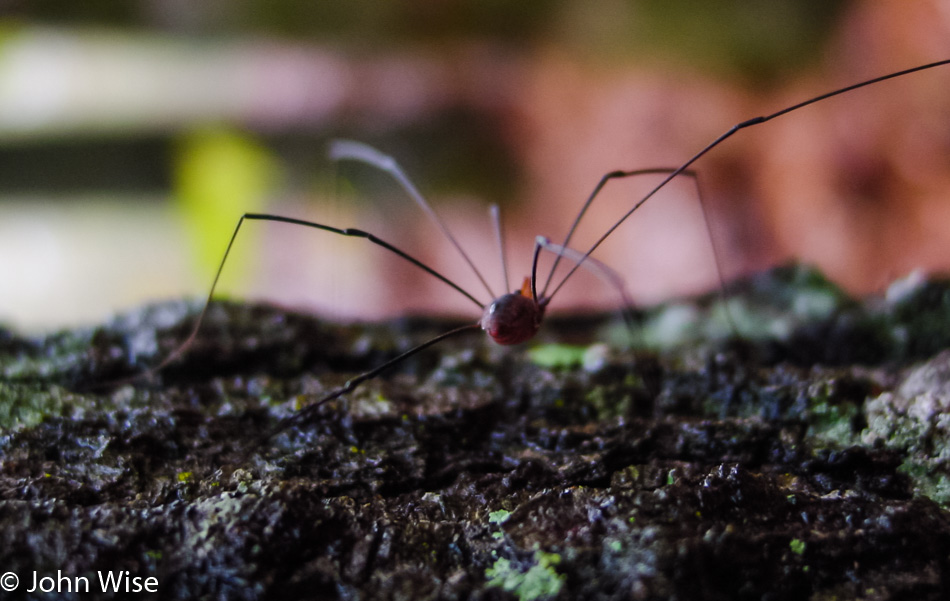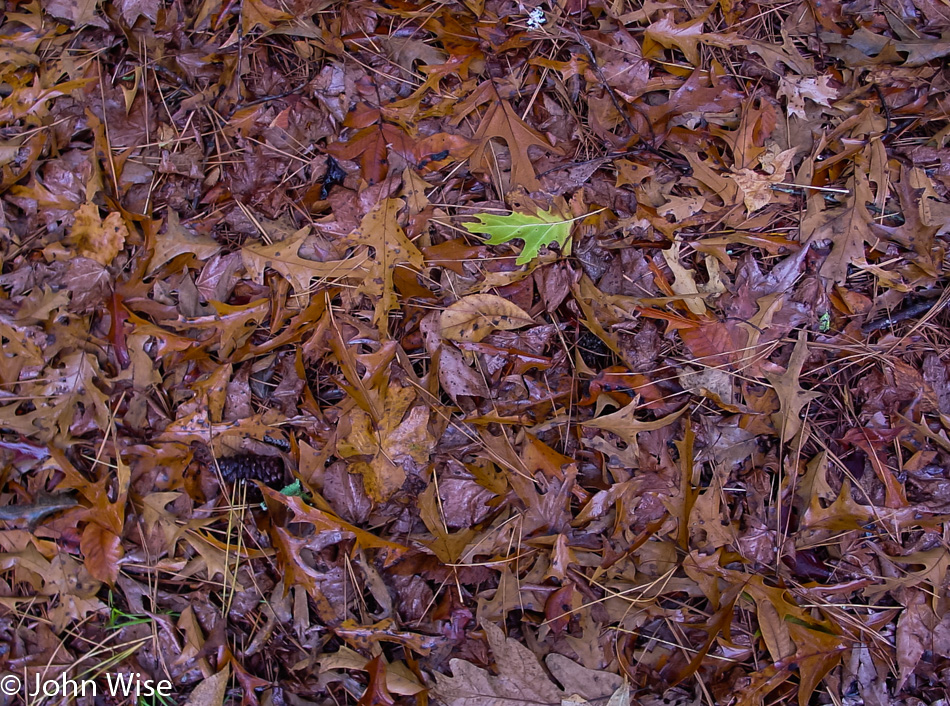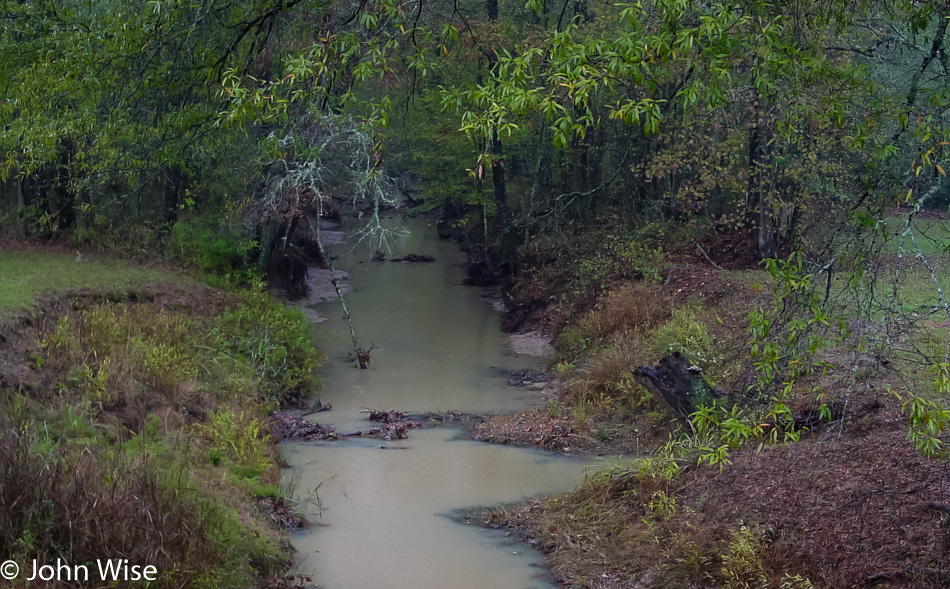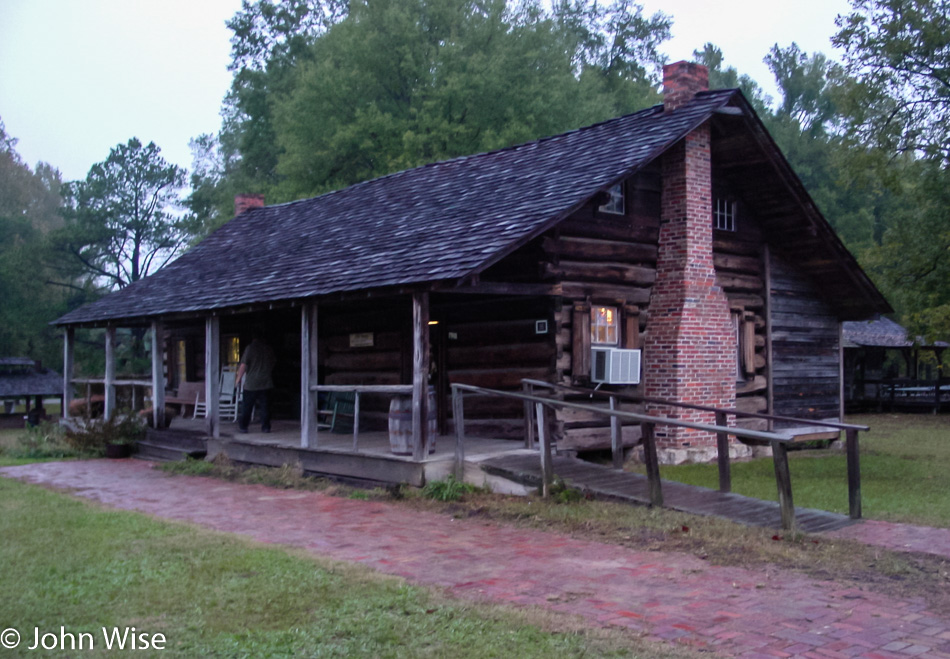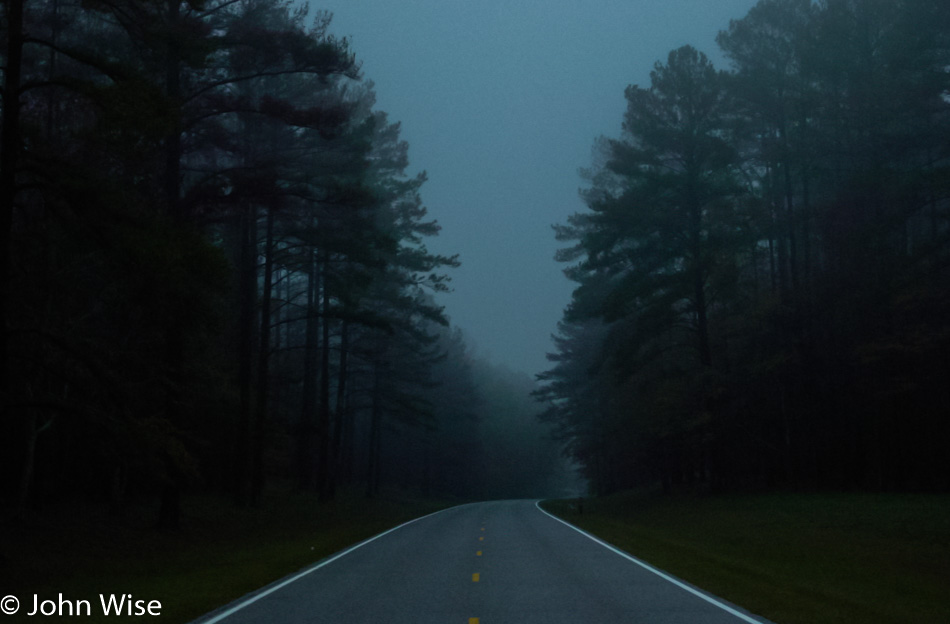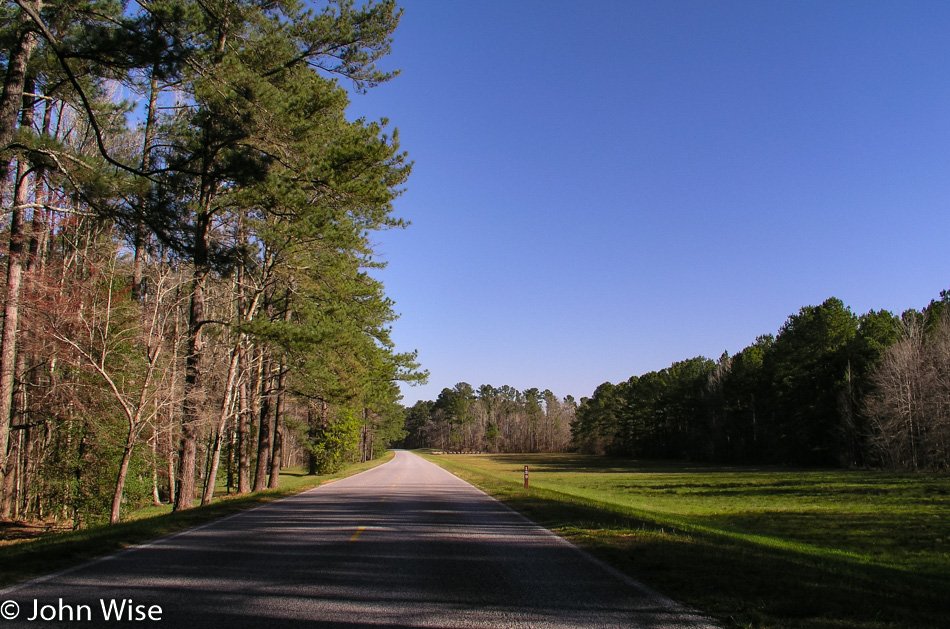
In the morning, as the sun rises into blue skies, the red door of my room blazes a fiery red, reminding me that we stayed the night in Redwater, Mississippi. Just a few minutes further, and we are on the Natchez Trace Parkway. I cannot help but travel north a short way to maximize our time on this historic road that slices a path through the forest. The National Park administers the more than 440 miles of the Trace and does so admirably. Caroline and I drove the length of the Trace in the year 2000, starting in Nashville, Tennessee, its terminus, and for the next two days, we crawled slowly south to Natchez, Mississippi.
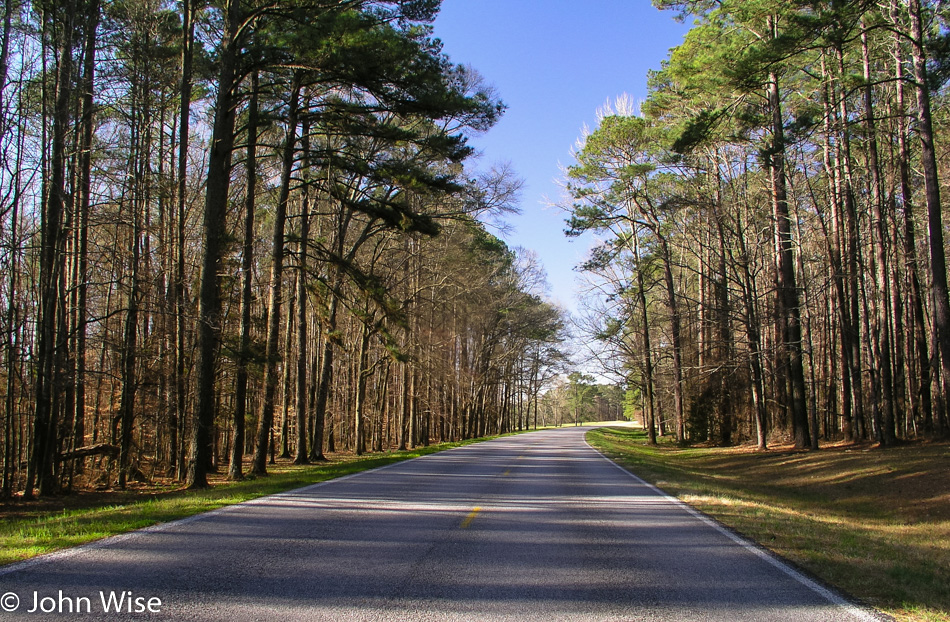
Leaving the Trace, back then, was tragic as we had wound down and decompressed. Rejoining the speed of life highway-style was a rude transition back to modernity. Joining the Trace today, I’m filled with fond memories and the thrill of excitement. Back when Caroline and I were here, we had rain and gray, but still, it is one of the top scenic drives we have taken.
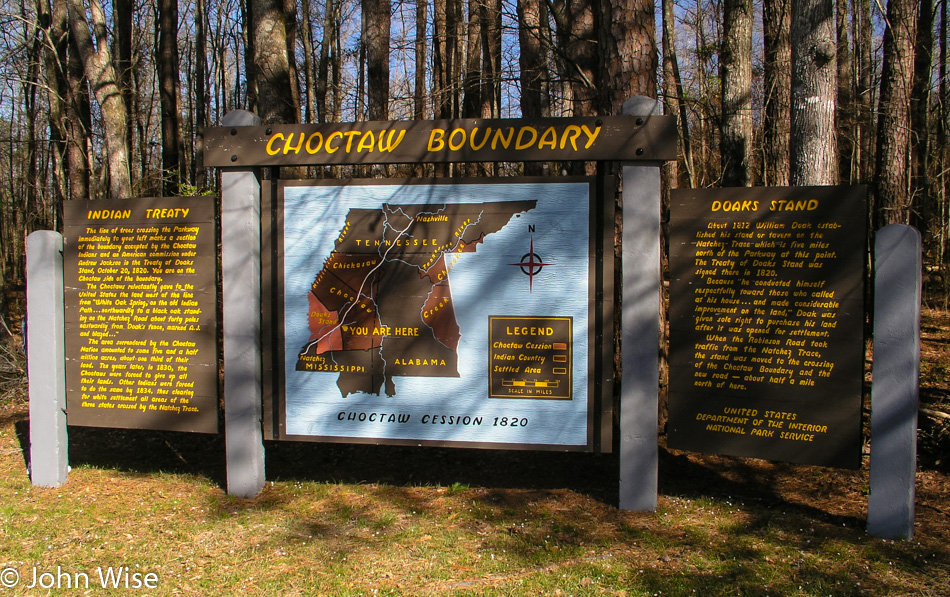
Although I could easily keep on with my travel north, I turned around after 11 miles to keep us close to our loosely defined schedule. It is a beautiful sunny day to take in the details, shadows, waters, life, and sense of history along this great American scenic byway.
The Trace commemorates an ancient trail originally established by Native American tribes, the Choctaw, Chickasaw, and others. From 1785 to 1820, it found its heaviest use as the Kaintuck boatmen (rough guys who plied the waters of the Mississippi) who had gone downriver on the Mississippi and the Ohio Rivers to markets in Natchez and New Orleans made their way north again to Nashville on this path. Walking the length of the trail the men who were flush with money from selling their boat and goods dealt with swamps, thickets, forests, wild animals, bandits, and little in the way of accommodations.
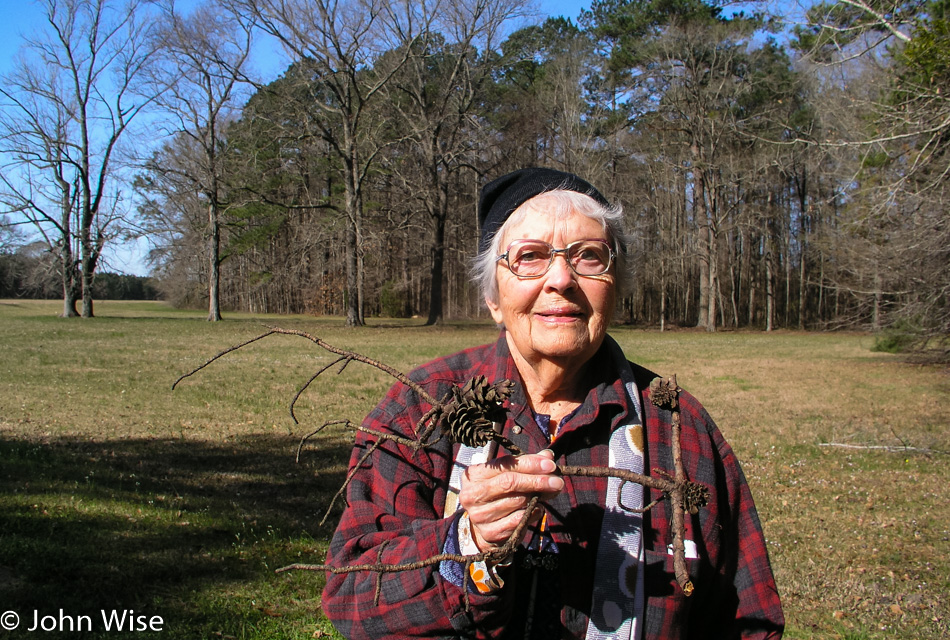
Today, the swamps reflect old cypress, moss, and an often wild landscape adjoining freshly manicured grasses straddling one of America’s best-kept roads. There are interpretive trails taking visitors on educationally informative walks. Wild animals of the predatory type are long gone, a few turkeys, deer, vultures, armadillos, raccoons, and squirrels can be seen by sharp eyes. Bandits and accommodations are kept well away from the Trace, as is commercial traffic.
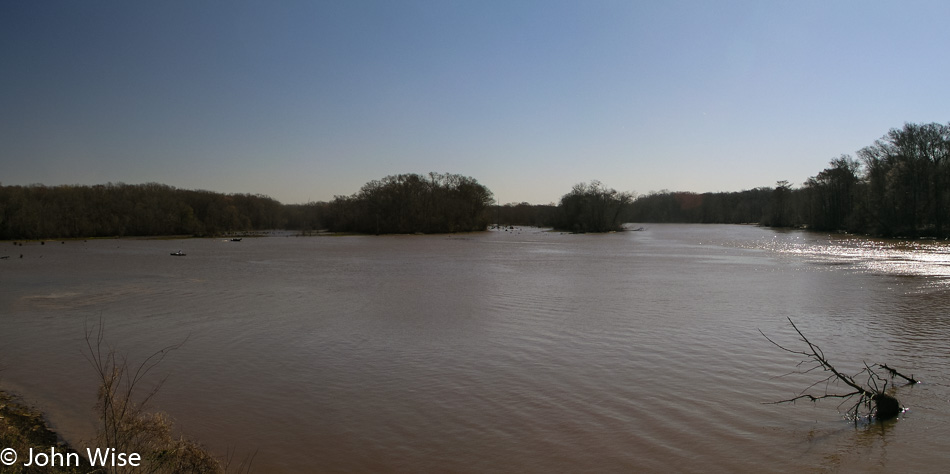
The Trace has a top speed of 50 miles per hour. I find it difficult today to drive much above 30mph and wish that once in my lifetime, I could walk the length of this road. There are not a lot of cars here, and only a limited number of locations for them to join the Trace. You won’t find a restaurant here or a billboard. For 444 miles, you will find the natural side of America much the way it has looked since the Trace saw its first travelers back around 8000 B.C.
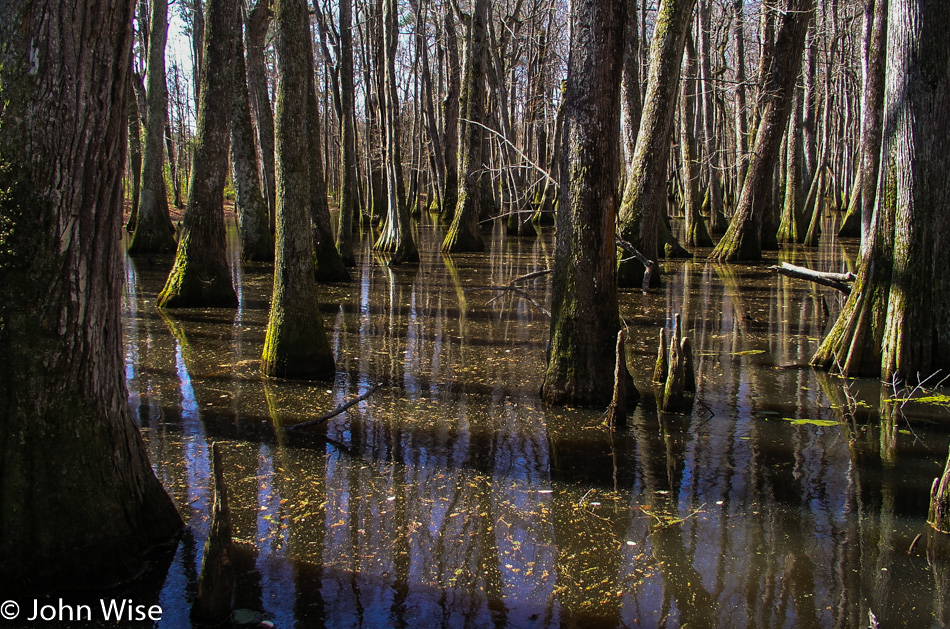
Historic sites are well-marked with large signs explaining what event or reason this particular area is being recognized. We stop at a few taking the time to familiarize ourselves with some of the roadside lore.
Trees tower over us, casting shadows from the east side of the road to the west. Some trees are bright green, while others have no fresh growth yet; we are still coming out of winter. Flowers dot the grasses and spread to the edge of the forests. Bright yellows, delicate whites, and tiny purple flowers are all making an early spring appearance.
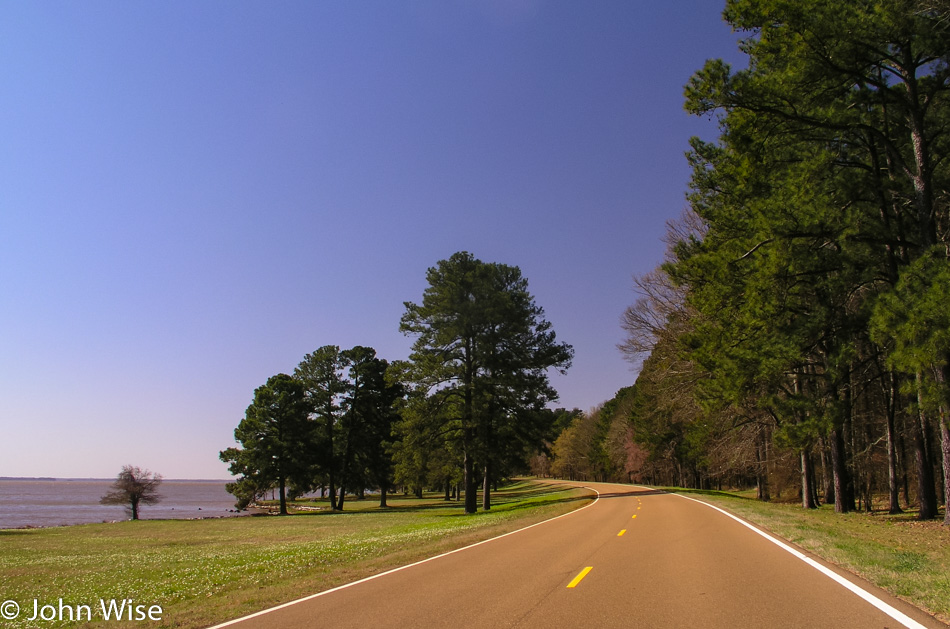
The Pearl River makes a curve along a bend of the Trace, and we are pulled towards its shore. A lonesome boat floats quietly as its sole occupant fishes on calm waters. The tranquility of the river set in this Mississippi forest acts as a great host to us travelers. Our only wish is to linger a little longer than we do.
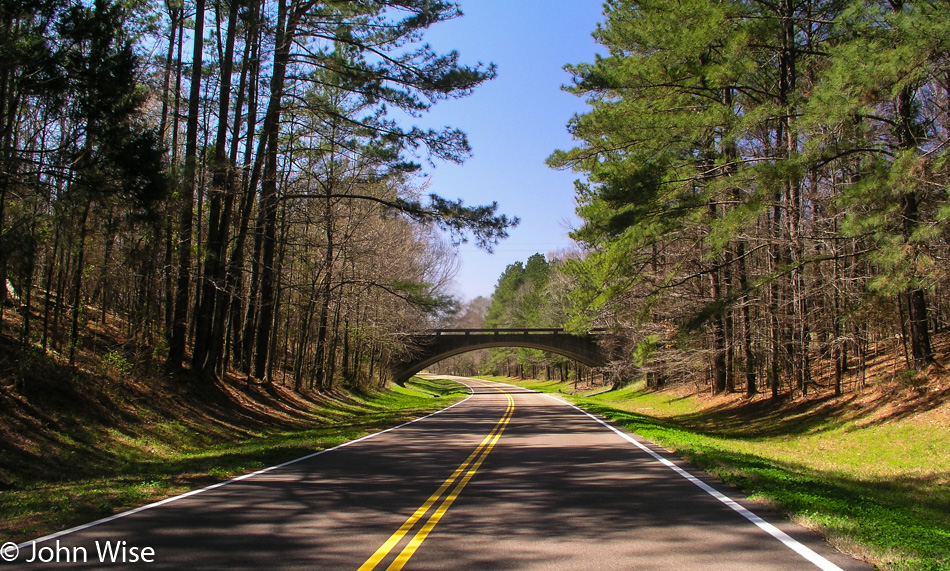
Nothing lends itself better to feeling like you are in a primitive landscape than when coming across a flooded cypress grove. Ancient trees send roots out of the brackish water while moss creeps up the trunk towards the tops of trees, reflecting their blue sky frames in the dark mirrored surface. The scene offers the senses a jolt that keeps our minds and imaginations busy. The water-swollen bases of the trees look more like elephant feet than tree trunks, lending to the curiosity stirred up while staring into these primordial forests.
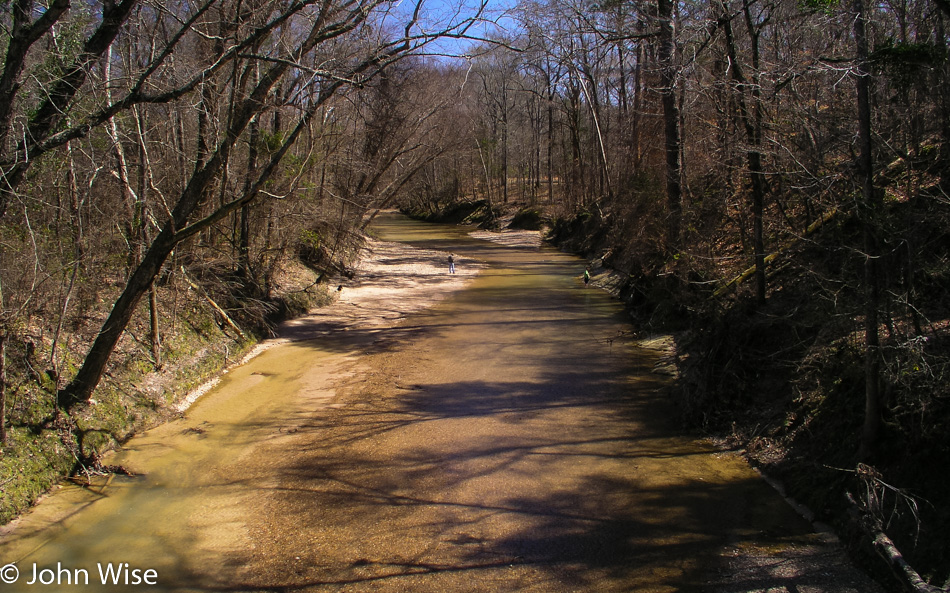
More historic signs, more trees, and more blacktop, but the road is never dull. We cross small creeks, minor roads pass over the Trace, and the noonday sun illuminates the forest floor when trees aren’t busy blocking its light. A stop to look at wildflowers offers bees and bugs sharing flowers. Near the Choctaw boundary, another stop to inspect details, I look at fresh green leaves, old brown leaves, moss, bark, and a creek with two folks wandering its waters on their own exploration.
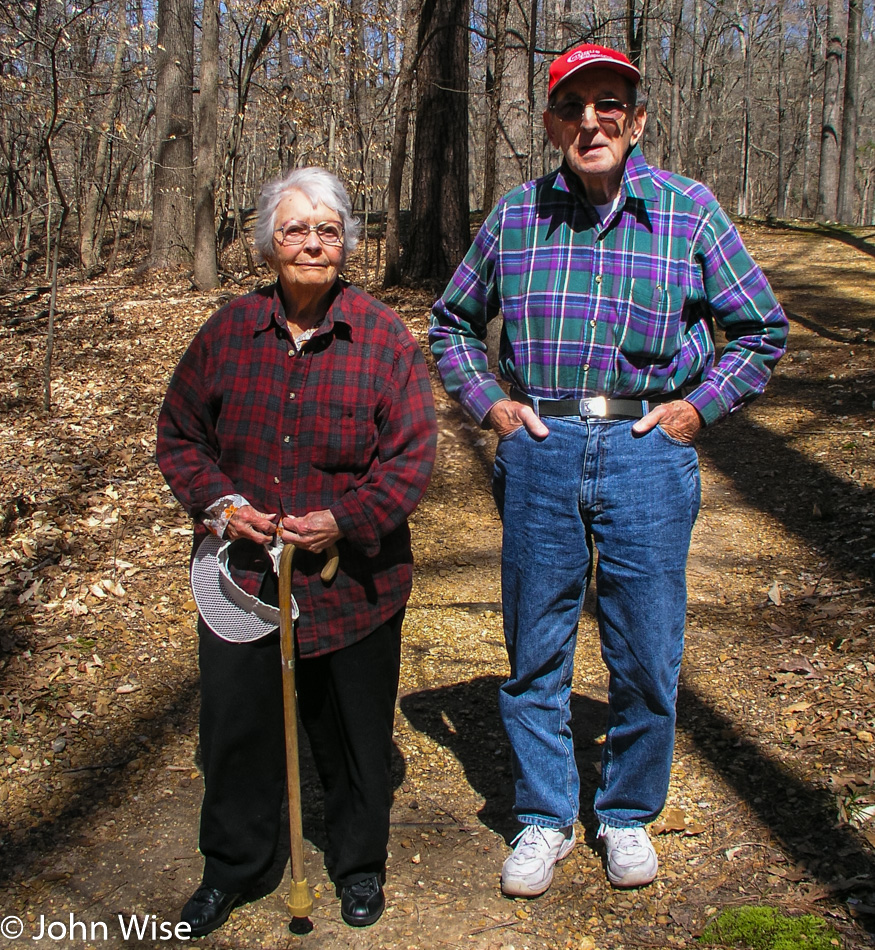
Soon after seeing our first example of a rustic split rail fence we encounter one of the few remaining original sections of the Sunken Trace. More than eight feet deep in places from the hundreds of thousands of shoes that tamped down this trail, we move towards its edge for Auntie and Grandpa to have a view. Trees grow precariously close to the rim near the steep drop-off to the trail below. Back on the pavement, we inch closer to the end of the road.
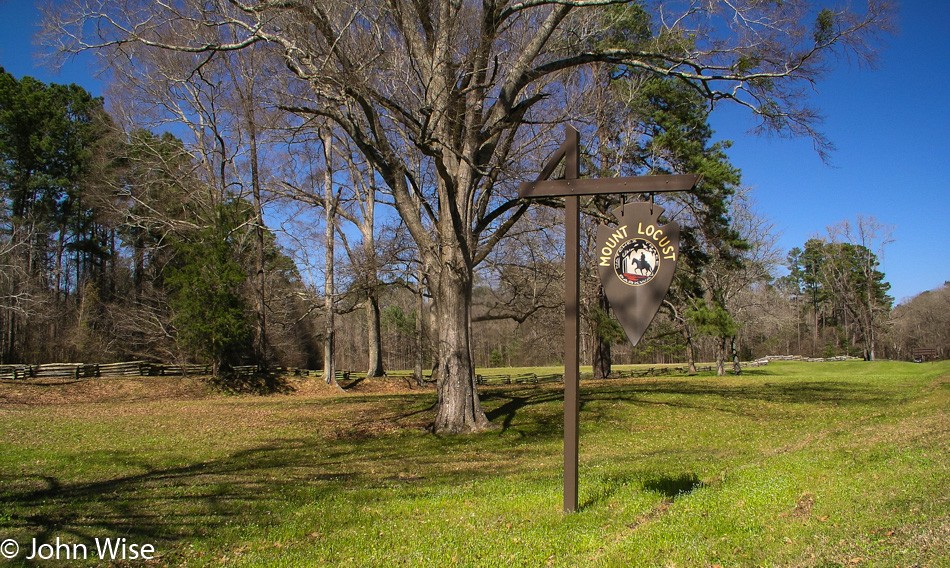
Mount Locust was, for many a traveler the first stop on their long walk north. A primitive stand, once one of many along the Trace, is now the lone survivor. Originally built in 1780, this oldest home in Mississippi changed owners until William Ferguson took over and added a small two-story inn, allowing travelers to grab a bunk for the night. Today the old house acts as an interpretive center telling the story of the Kaintuck’s journeys.
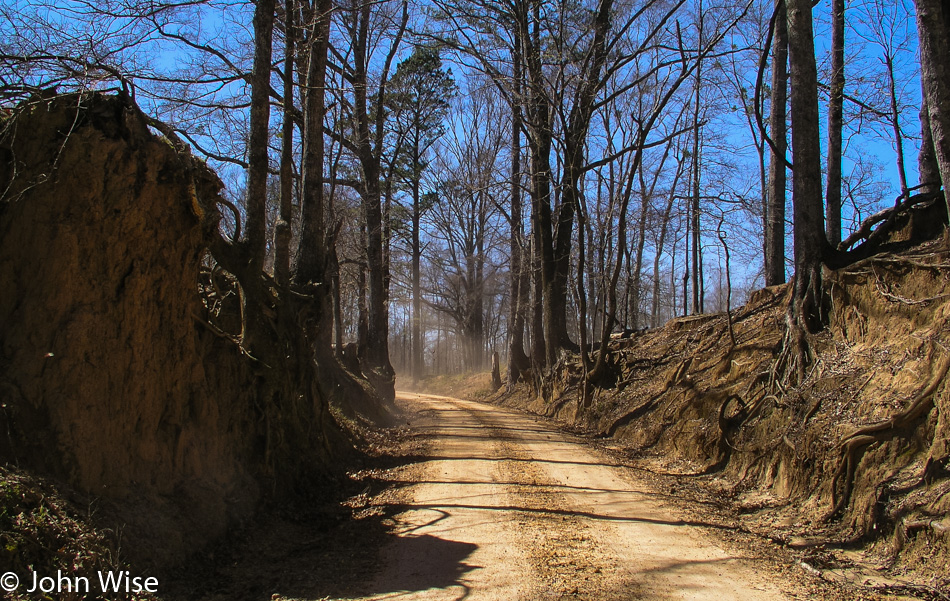
From Mount Locust, we took an unmarked road. Down this dirt path, I drive as I’m curious to see what might be at the end of the way. A good part of the road is an original section of the Trace. Not knowing where we were going was at first ok as the trail was yet again more rustic than the paved road we had been on. After a few turns, we seemed to be crawling deeper into a thicker and thicker forest.
I am asked if I know where I am going; nope, no idea, but I am following this road we are on. The road forks, and we stay to the left. A home on the left, a home on the right, more homes, and I start to wonder just where we are. Two nervous passengers keep me alert, and I start to contemplate the idea of turning around. Having what I think is a good sense of where the paved road must be, I continue on.
Not long and we are on one of the tiny dirt road intersections that occasionally cross the Trace, now I know where those roads go. In just a few minutes, we are at the end of the Trace. It has taken us six hours to drive about 130 miles; someday, I will take twice as long.
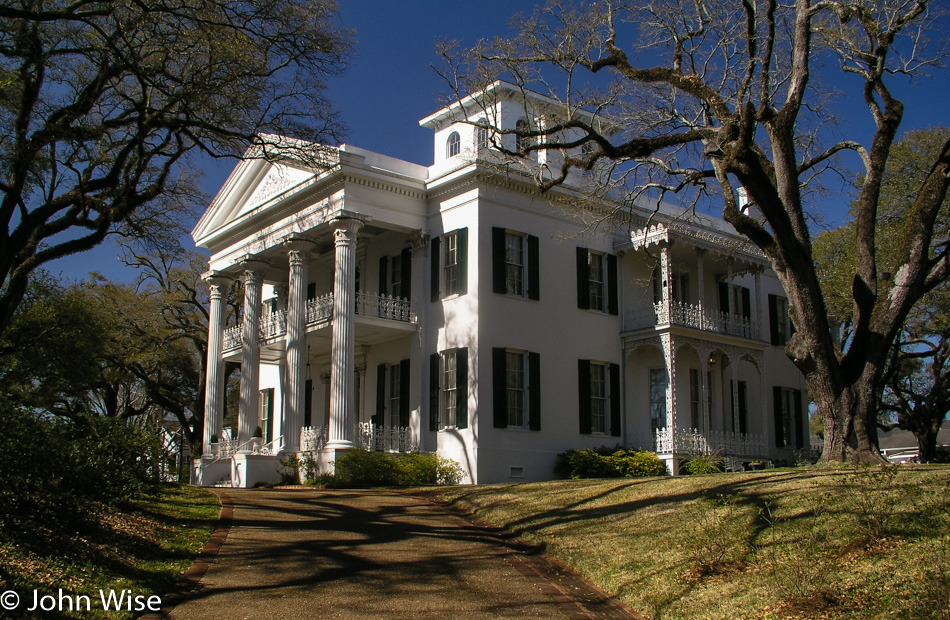
Minutes later a historic marker brings our attention to the Jefferson Military College. A quick stop and we find out that this was Mississippi’s first educational institution of higher learning, which opened its doors on January 7, 1811. In 1818, a young ten-year-old Jefferson Davis attended the school, but in 1863, it closed its doors due to the Civil War. The college reopened in 1866 as a preparatory school until the time it permanently closed in 1964.
The entrance to the well-maintained grounds is free. Self-guided tours of the restored West Wing, the kitchen, and Prospere Hall, where interpretive exhibitions, a gift shop, and restrooms are all found. The T.J. Foster Nature Trail takes visitors through a wooded ravine, past St. Catherine’s Creek, over bridges, past Ellicott Springs, and a historic cemetery. Nice place.
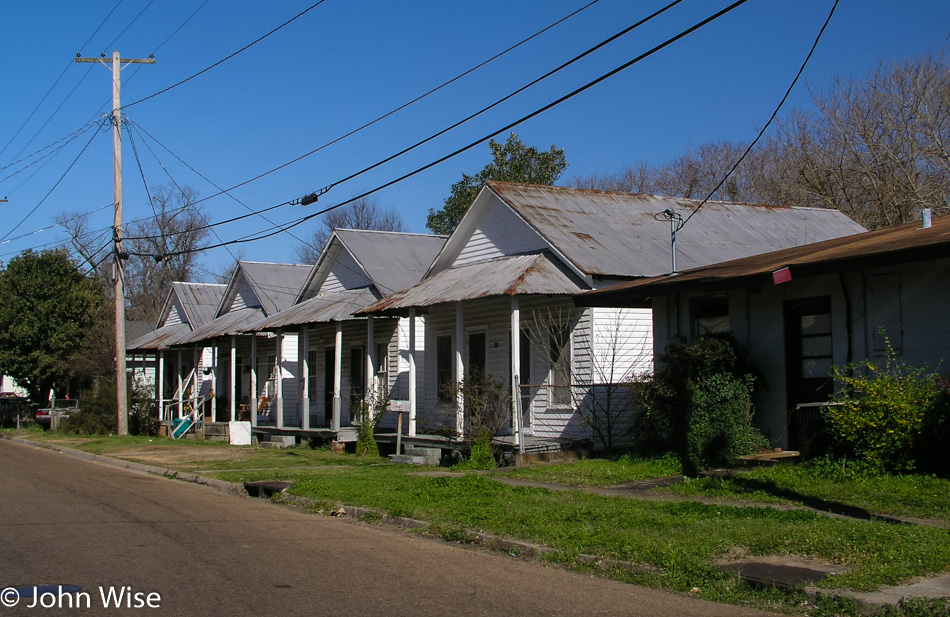
Natchez, Mississippi, is one of America’s oldest cities. Founded before New Orleans, it was once the home of more millionaires than any other place on earth outside of New York City. The city is internationally known as being the home to some of the best examples of surviving antebellum homes. These are not them.
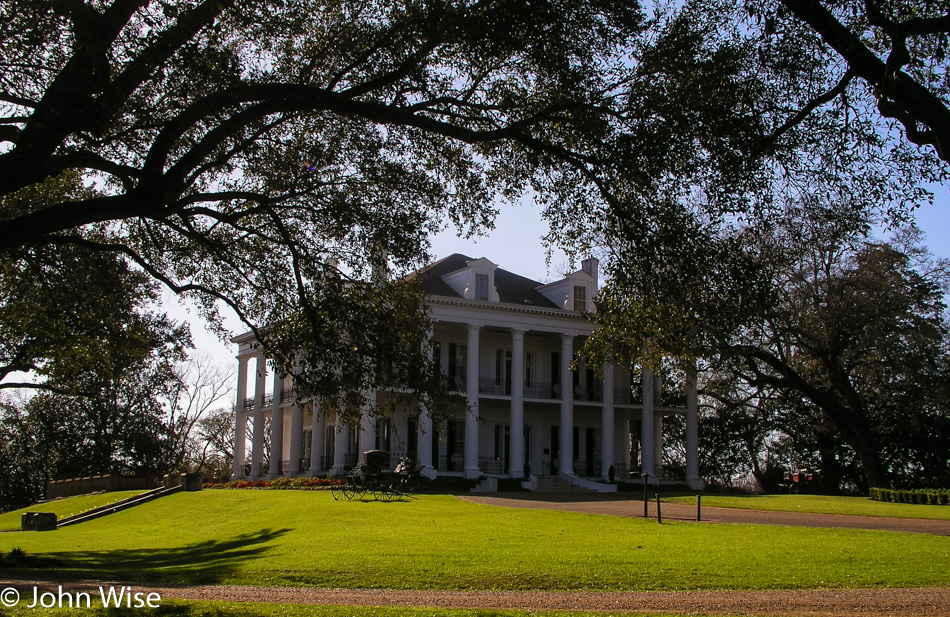
A visitor’s reception center sitting high above the banks of the Mississippi next to the bridge that takes people to and from Louisiana is a great first stop to learn about the local sights. Not only are maps available for self-guided tours to see these old historic homes but tours inside many of them are available.
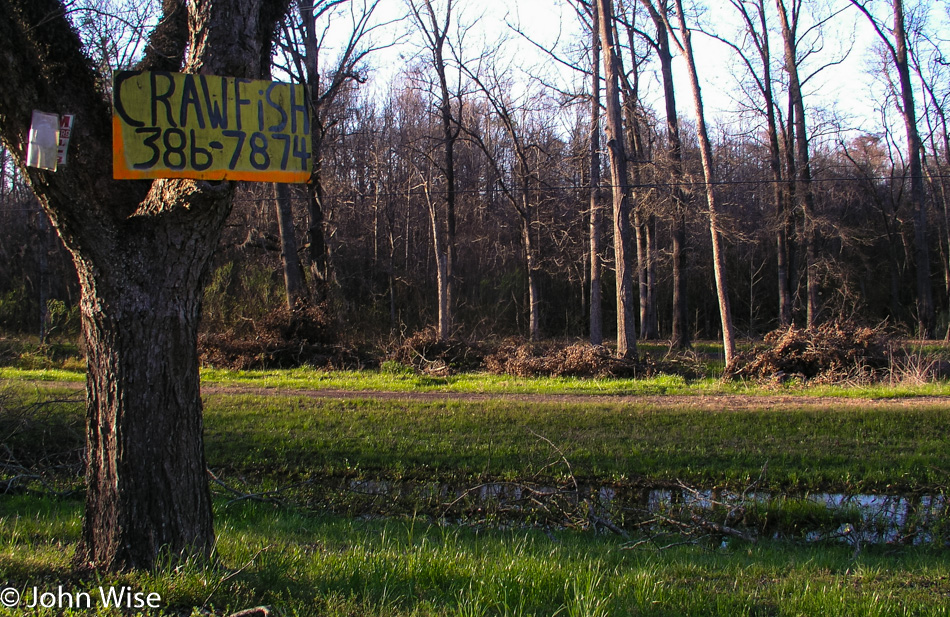
If only this were a tailgate road trip with a portable cooking setup where we could have made our own boiled peanuts and cooked up some crawfish, we bought along the side of the road, this could have been so much more.
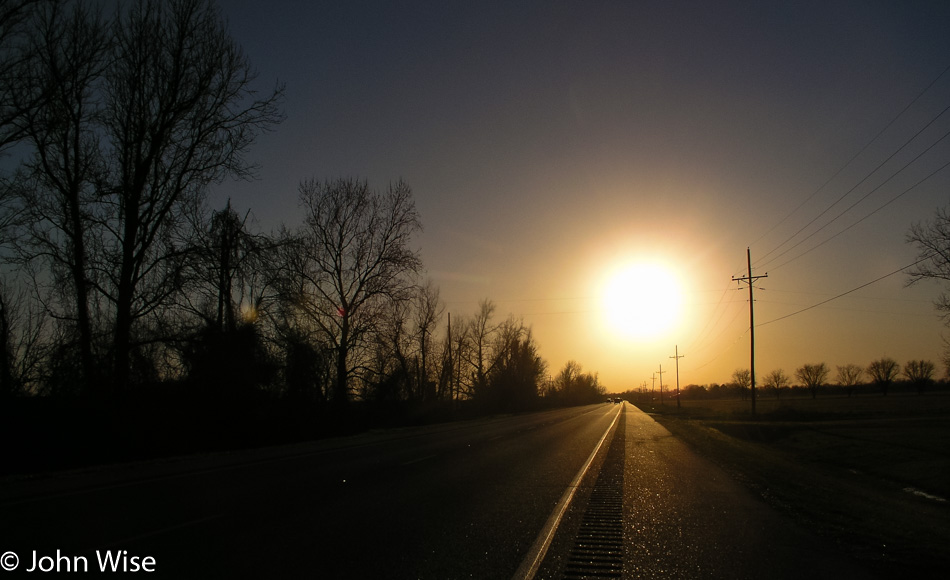
There will be no roadside cookouts doing it cajun style, but there will be dinner and a proper motel to take a rest from a busy day that, at times, I feel is more about me and my desires than the guests I’m ferrying across America’s southern states.
